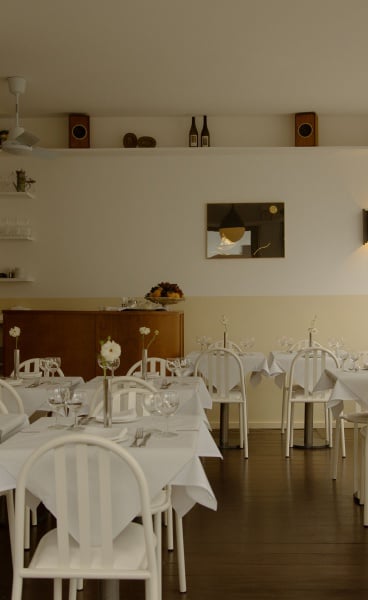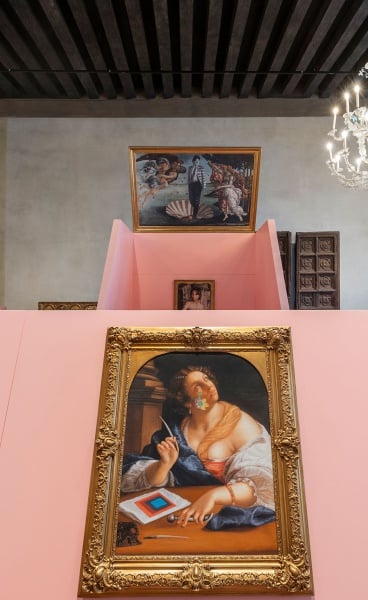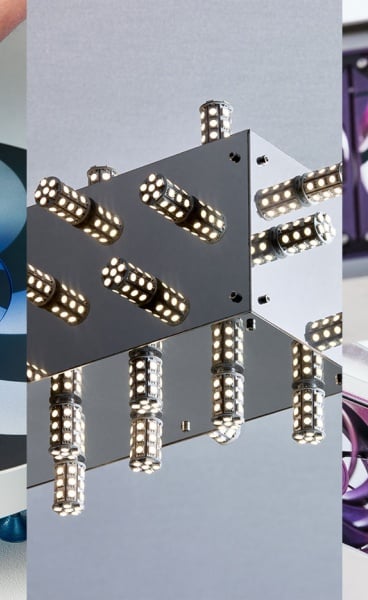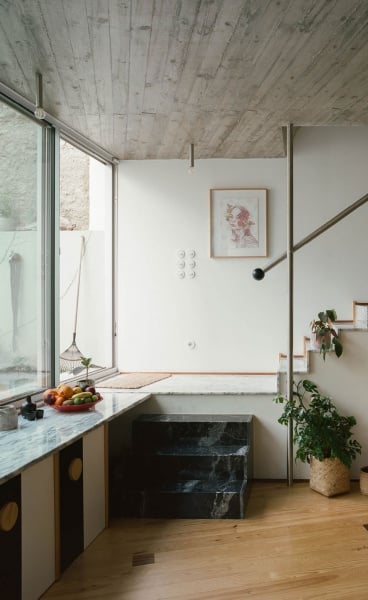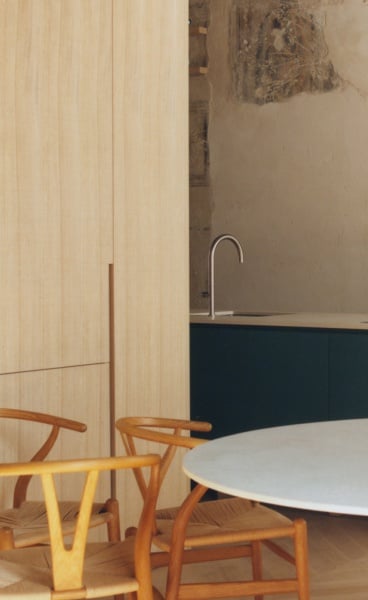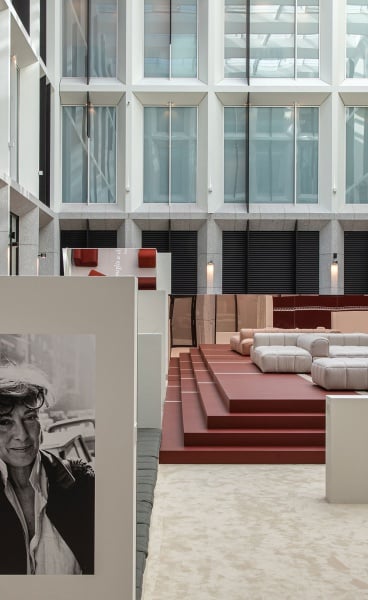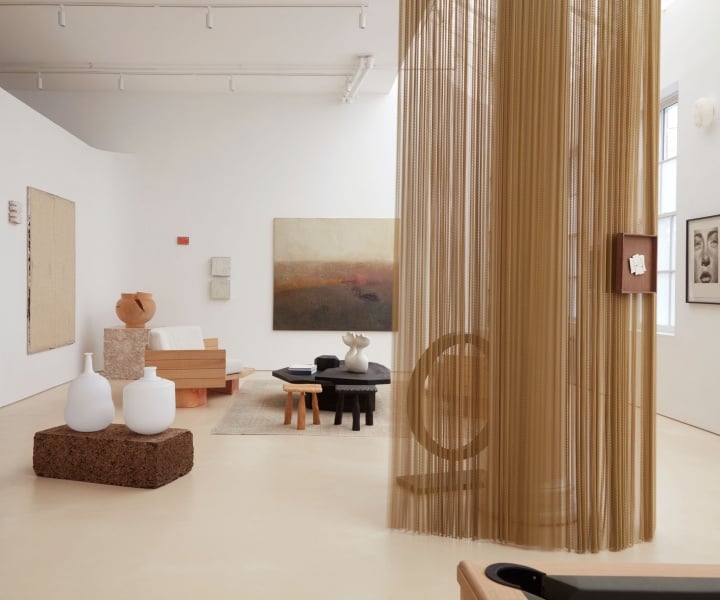Project Name
EMBERPosted in
Restaurants, Design, Interior DesignLocation
Area (sqm)
200Completed
2020| Detailed Information | |||||
|---|---|---|---|---|---|
| Project Name | EMBER | Posted in | Restaurants, Design, Interior Design | Location |
Shenzhen
China |
| Area (sqm) | 200 | Completed | 2020 | ||
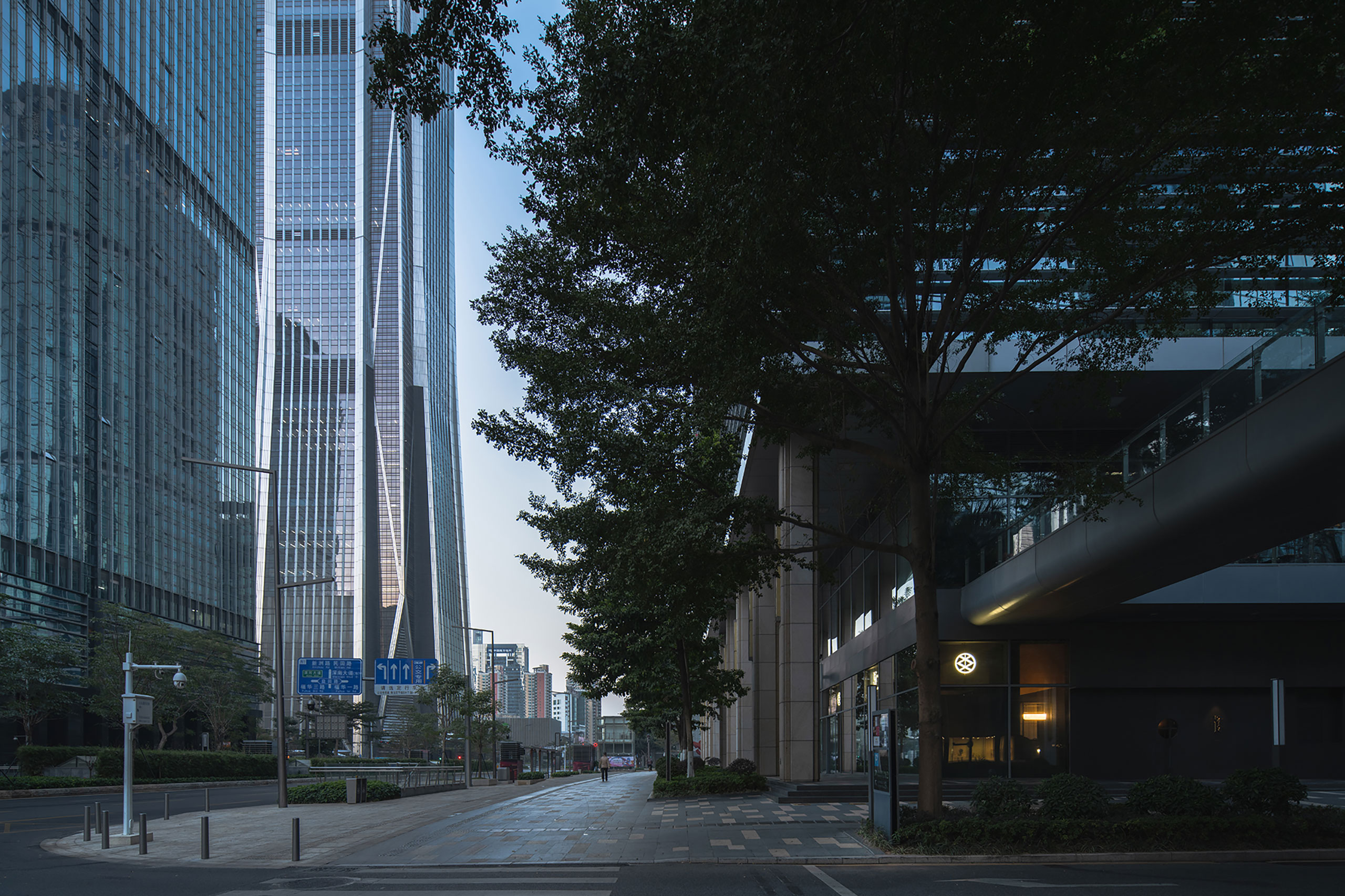
Photography by HereSpace.
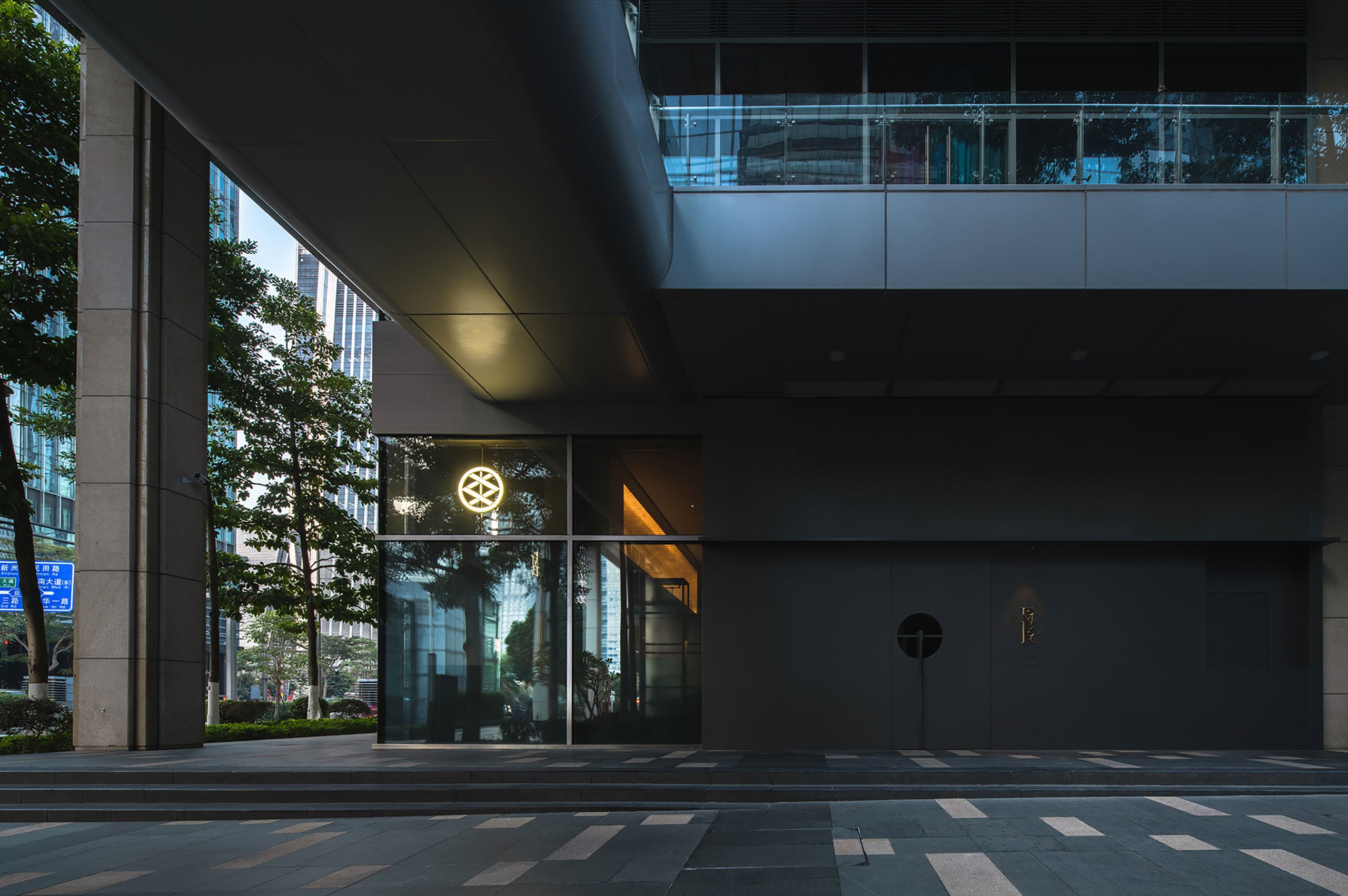
Photography by HereSpace.
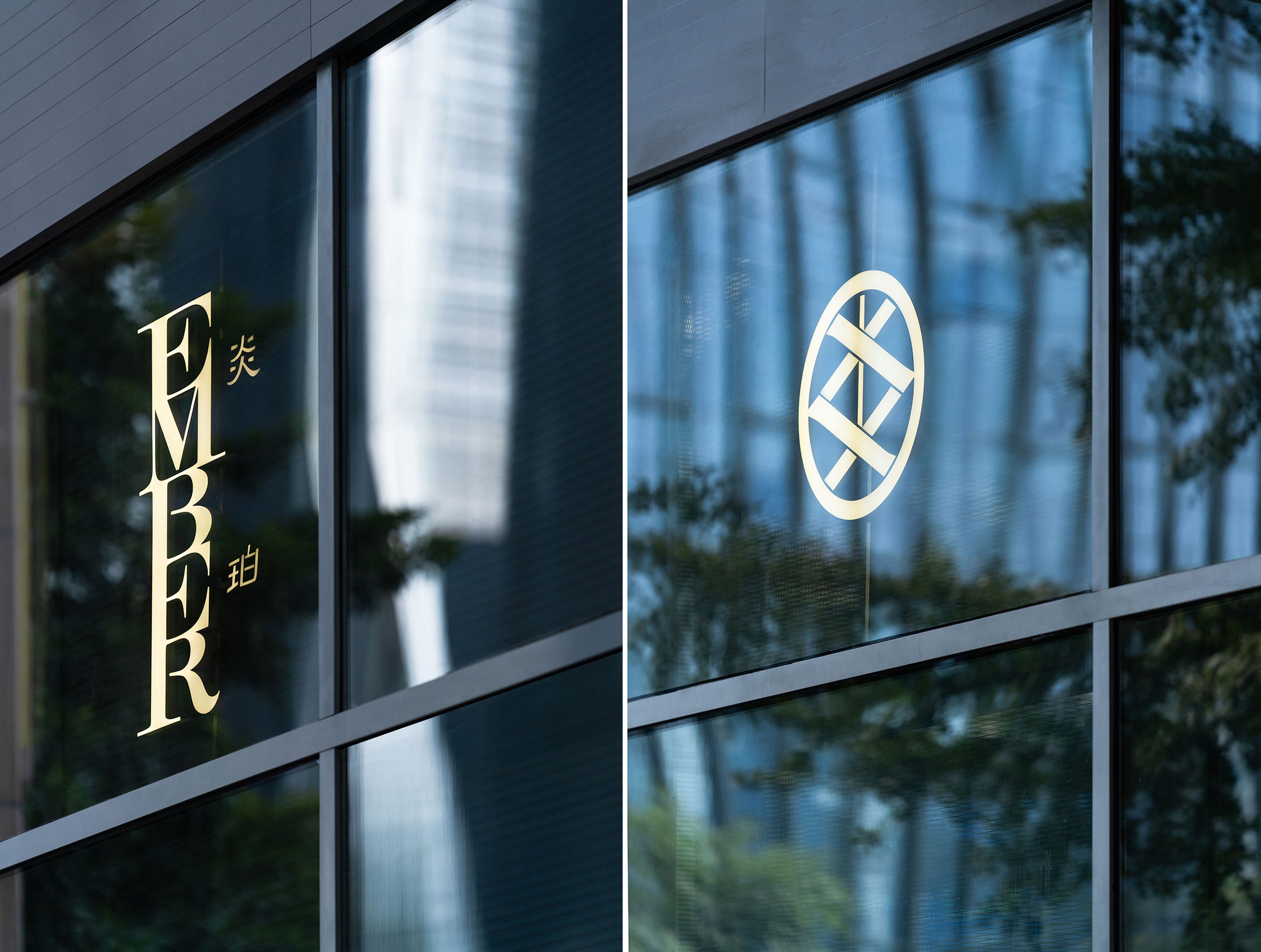
Photography by HereSpace.

Photography by HereSpace.
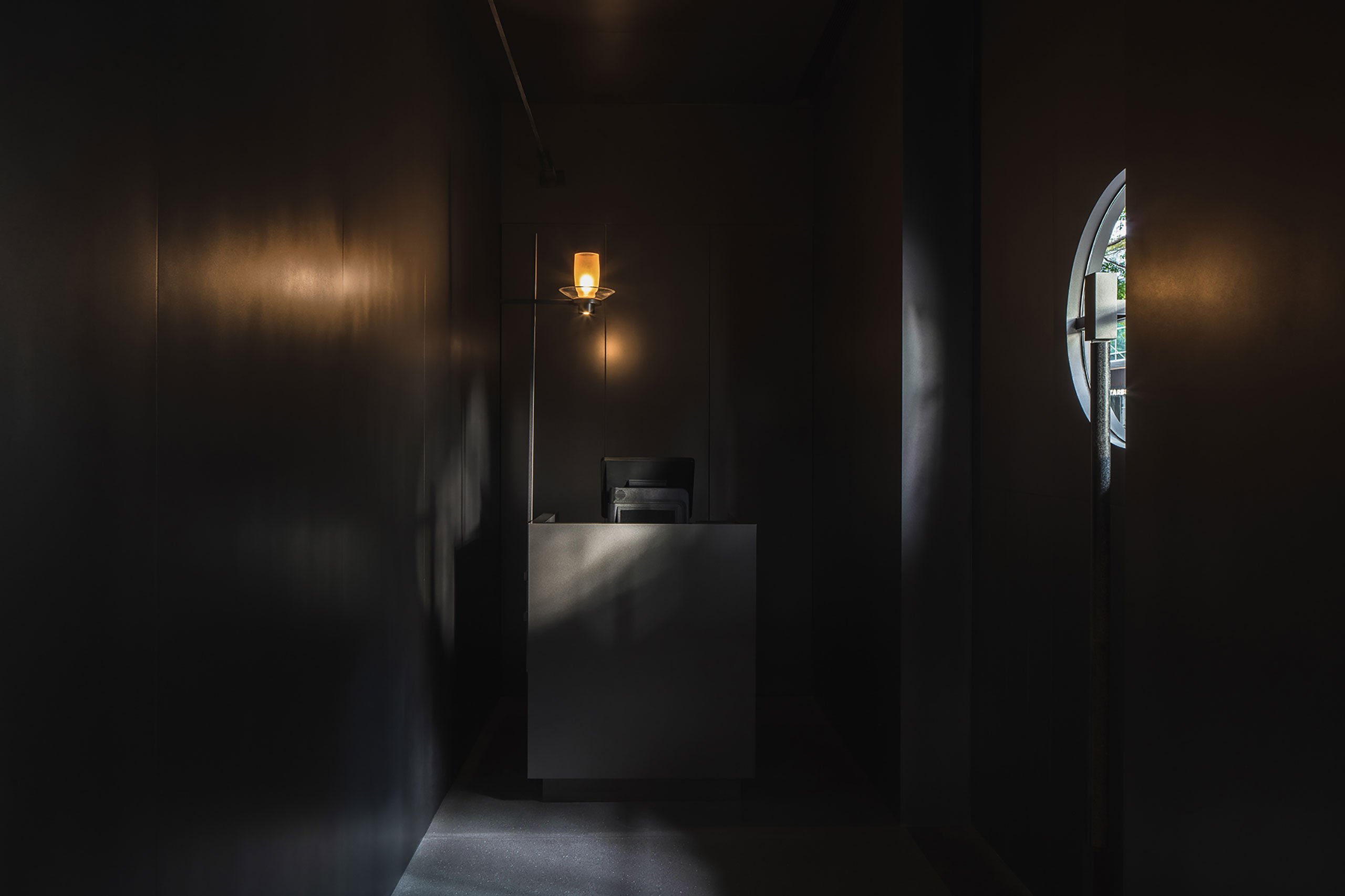
Photography by HereSpace.
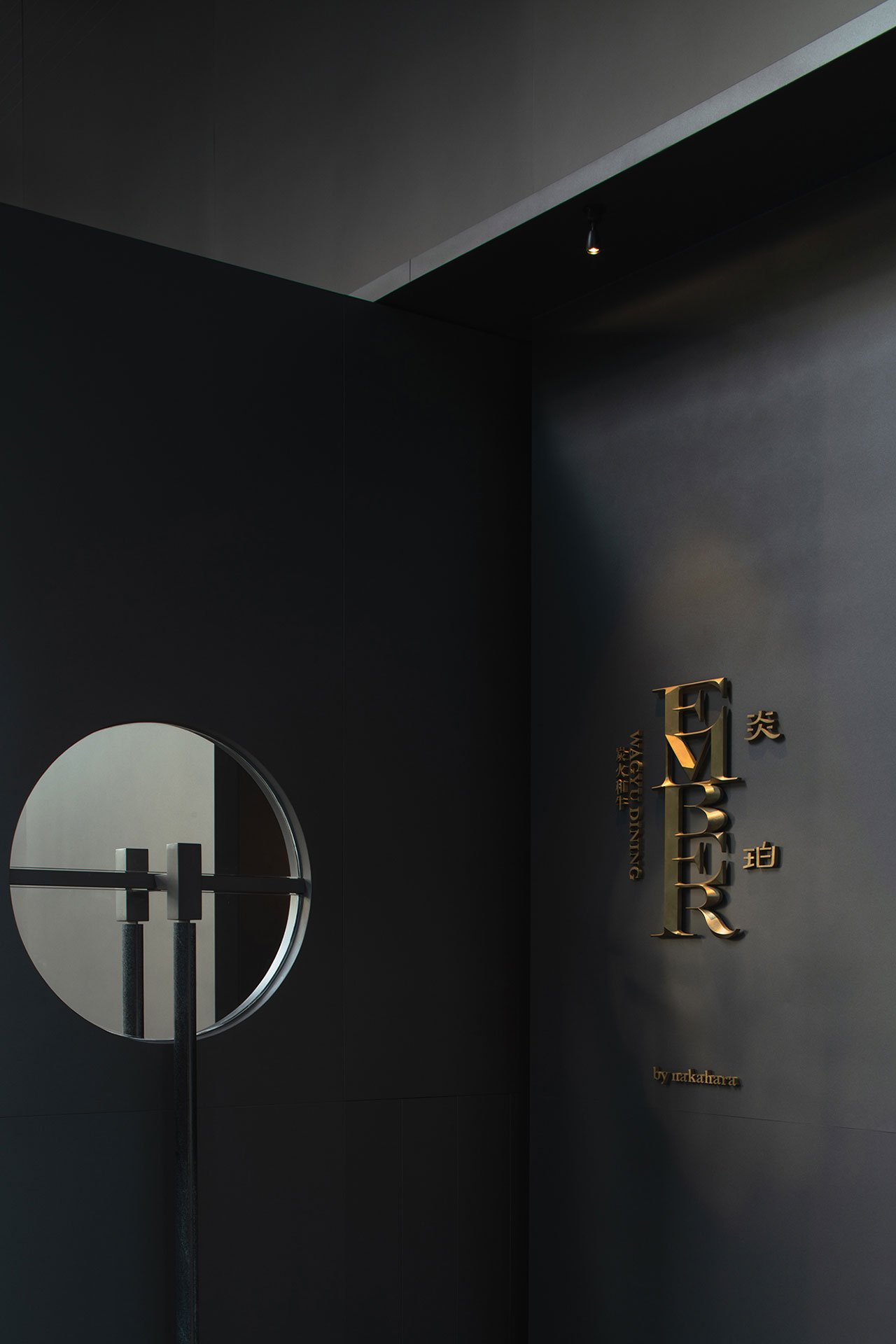
Photography by HereSpace.
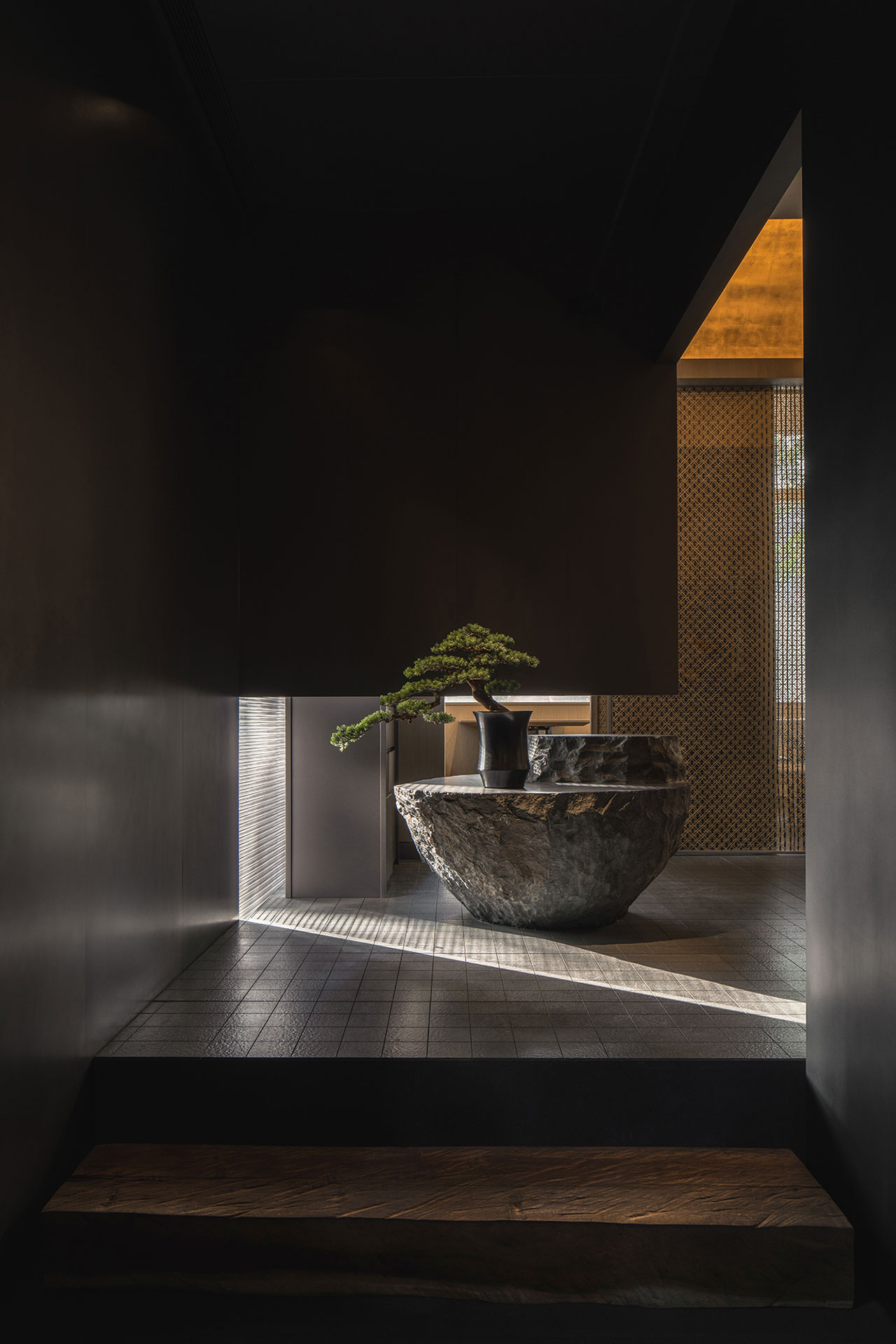
Photography by HereSpace.
A self-taught butcher and beef connoisseur, Nakahara gained recognition with his high-end version of yakiniku – the Japanese version of Korean barbeque that's closely associated with beer-soaked grill pubs and cheap cuts of meat – at his Tokyo wagyu-only grill restaurant Sumibiyakiniku Nakahara and later on with the more casual Henry's Burger. Over the last few years, Nakahara has been spreading his unique culinary style beyond the borders of Japan with EMBER constituting his third international outpost.
Wrapped in glass and black steel, with only a discrete bronze logo signalling its identity, the restaurant’s sombre, sparse exterior conveys Nakahara’s no-nonsense, detailed-focused culinary philosophy. Stepping inside, through an all-black reception vestibule, visitors are immersed into a peaceful, retreat-like environment that flies in the face of the rambunctious, beer-soaked ambience of most yakiniku restaurants. In fact, by segmenting the dining area into separate rooms, from private booths to larger communal tables, EMBER feels more like a private house than a public restaurant. Connected by intersecting corridors, this configuration purposefully recalls the small shops that populate Tokyo's streets.

Photography by HereSpace.
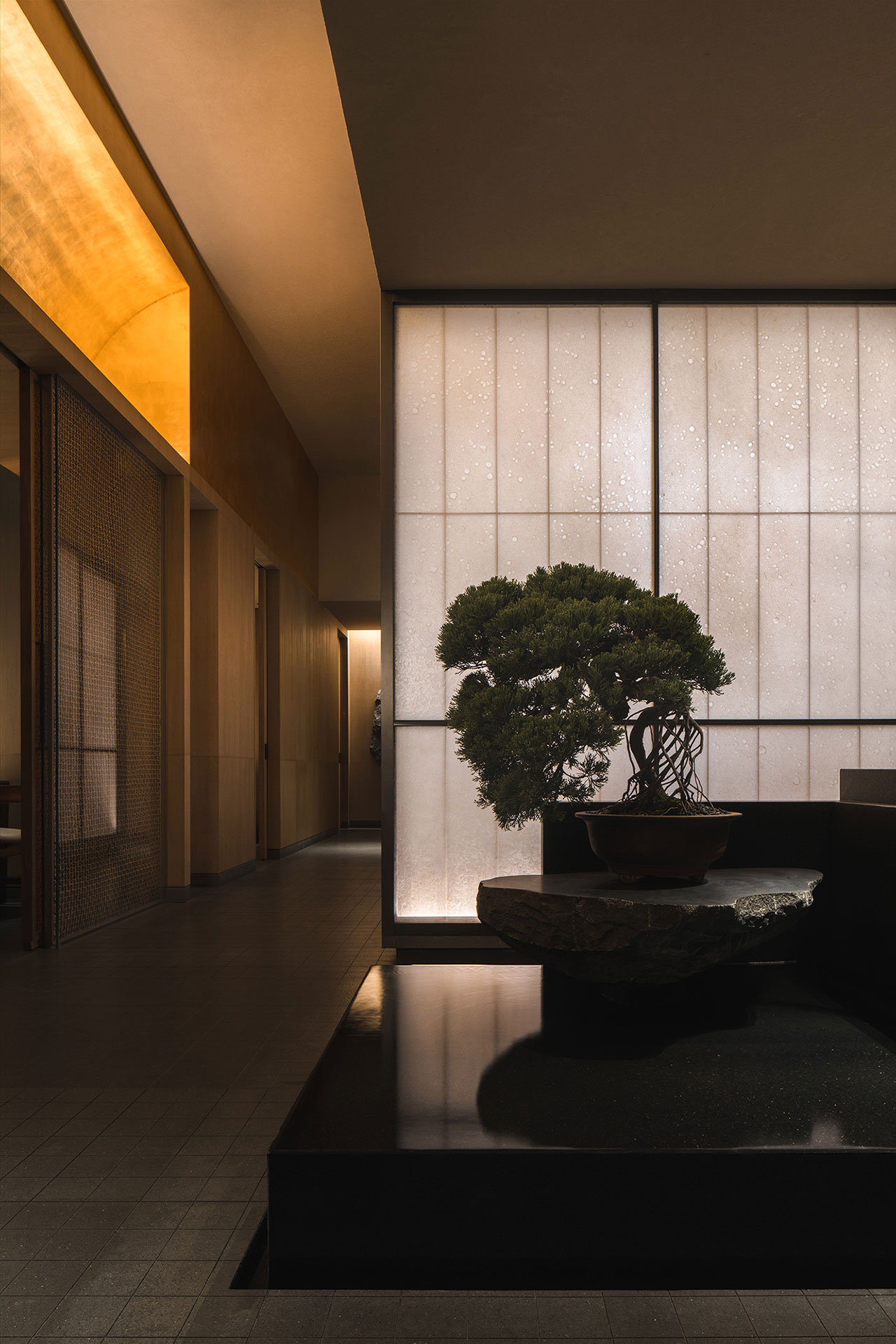
Photography by HereSpace.
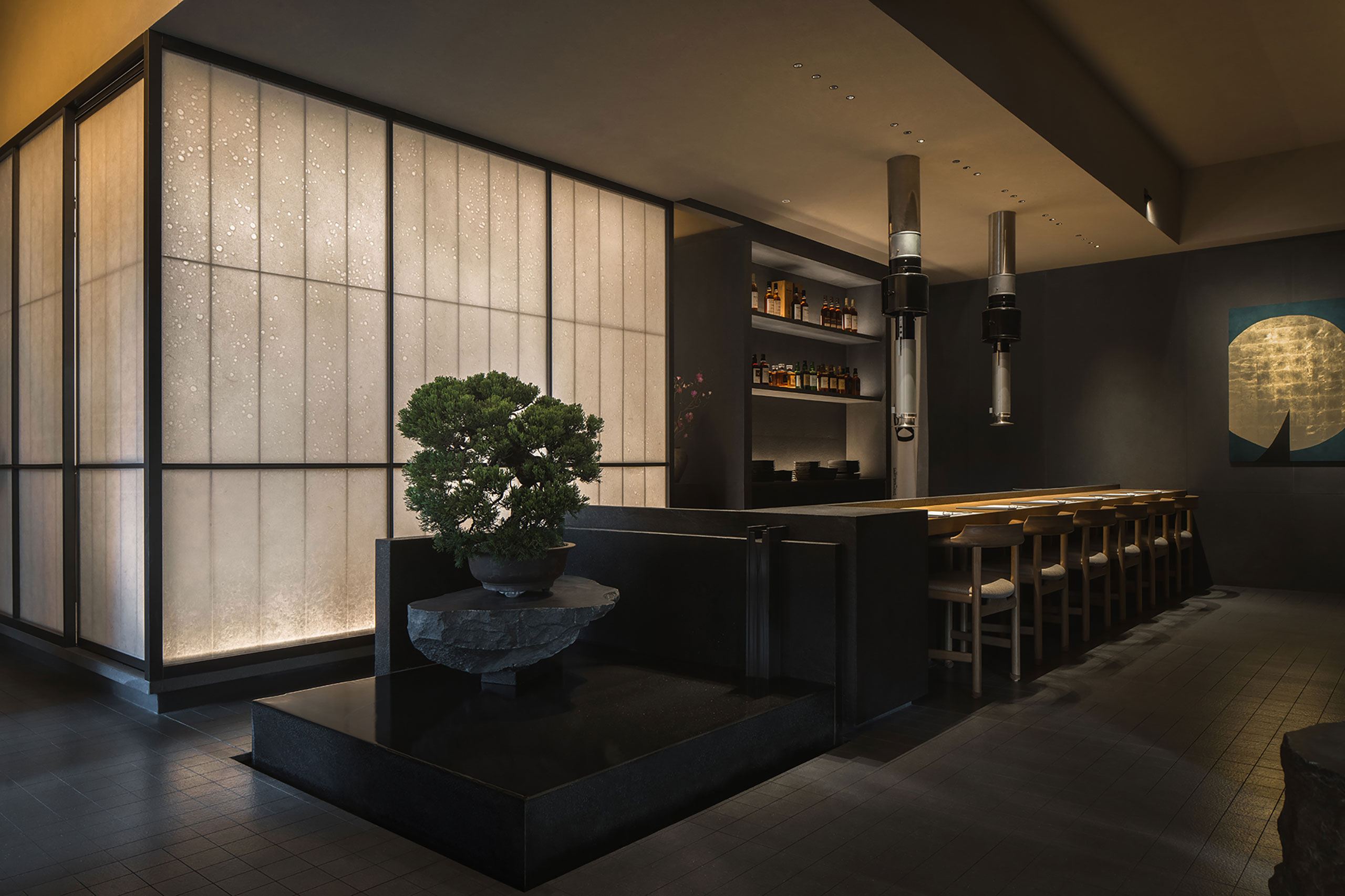
Photography by HereSpace.
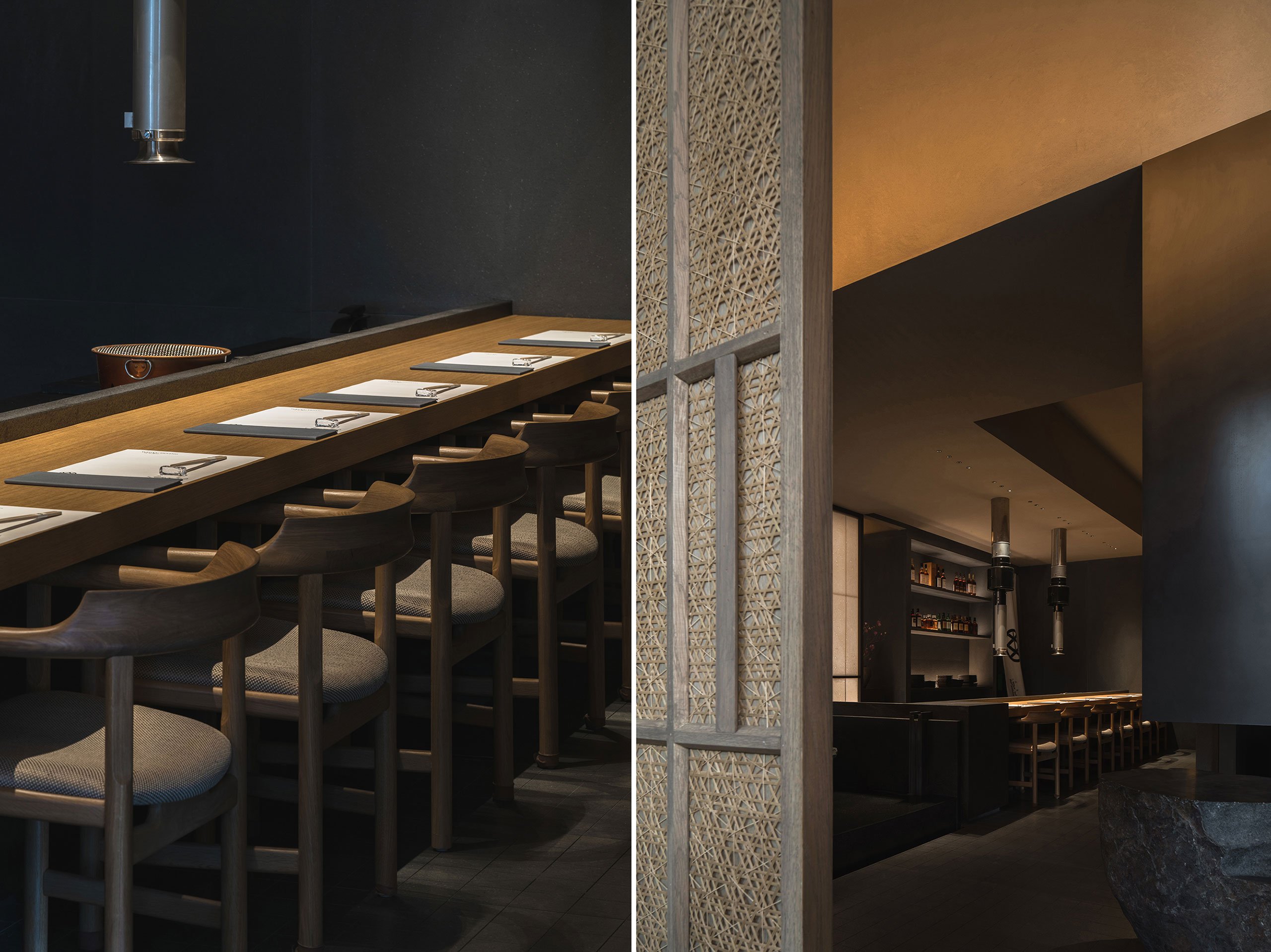
Photography by HereSpace.
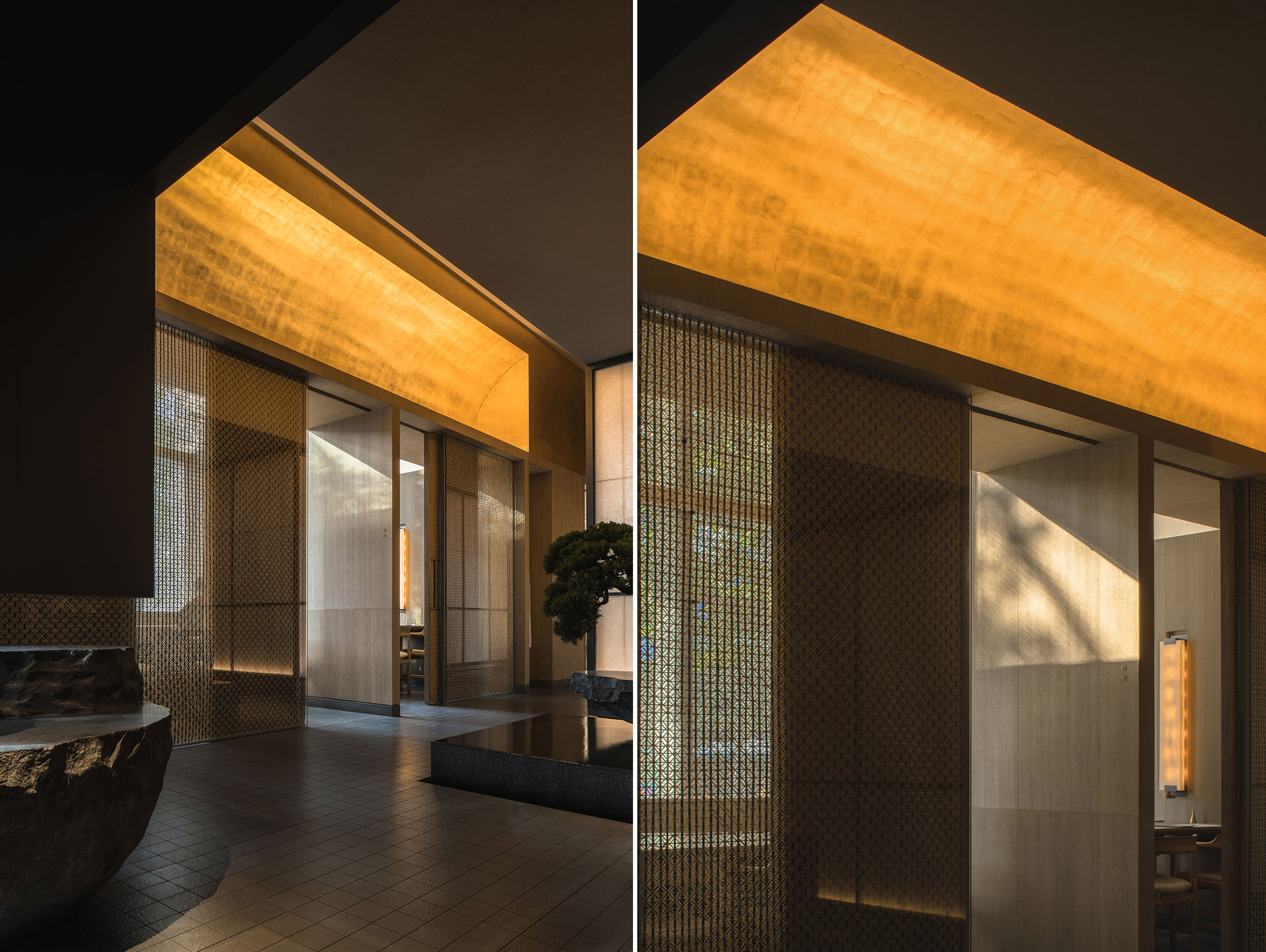
Photography by HereSpace.
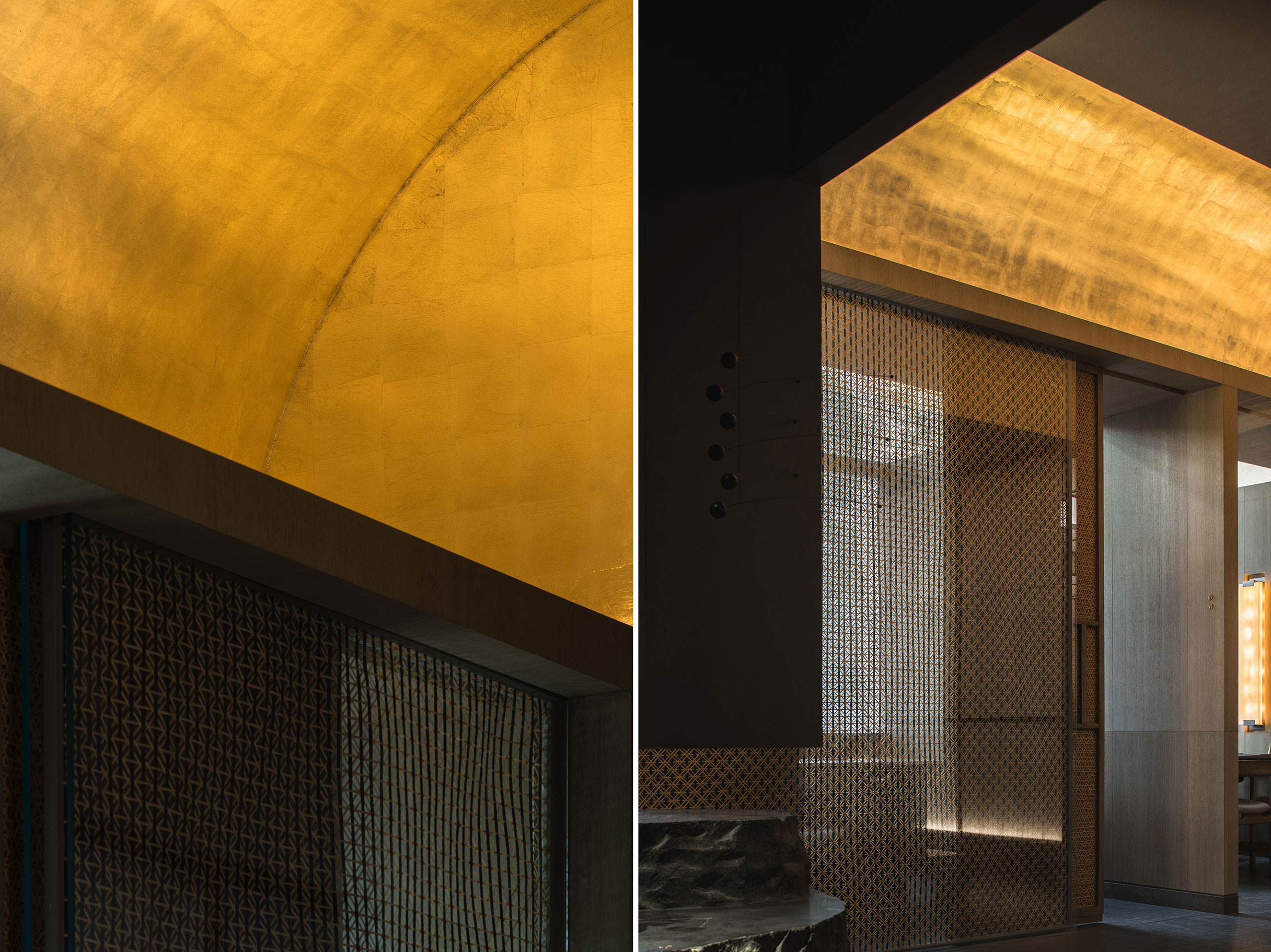
Photography by HereSpace.

Photography by HereSpace.
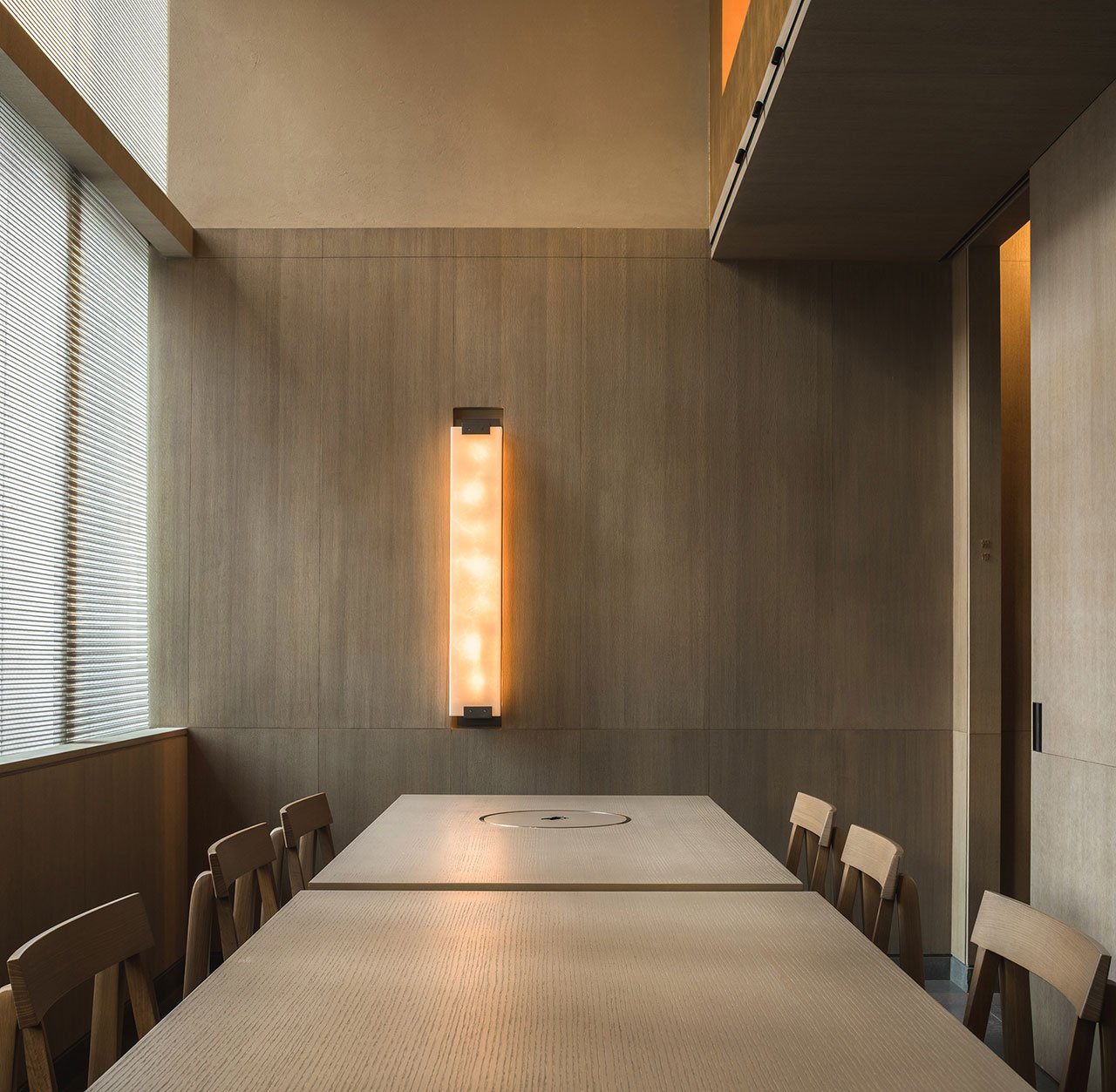
Photography by HereSpace.
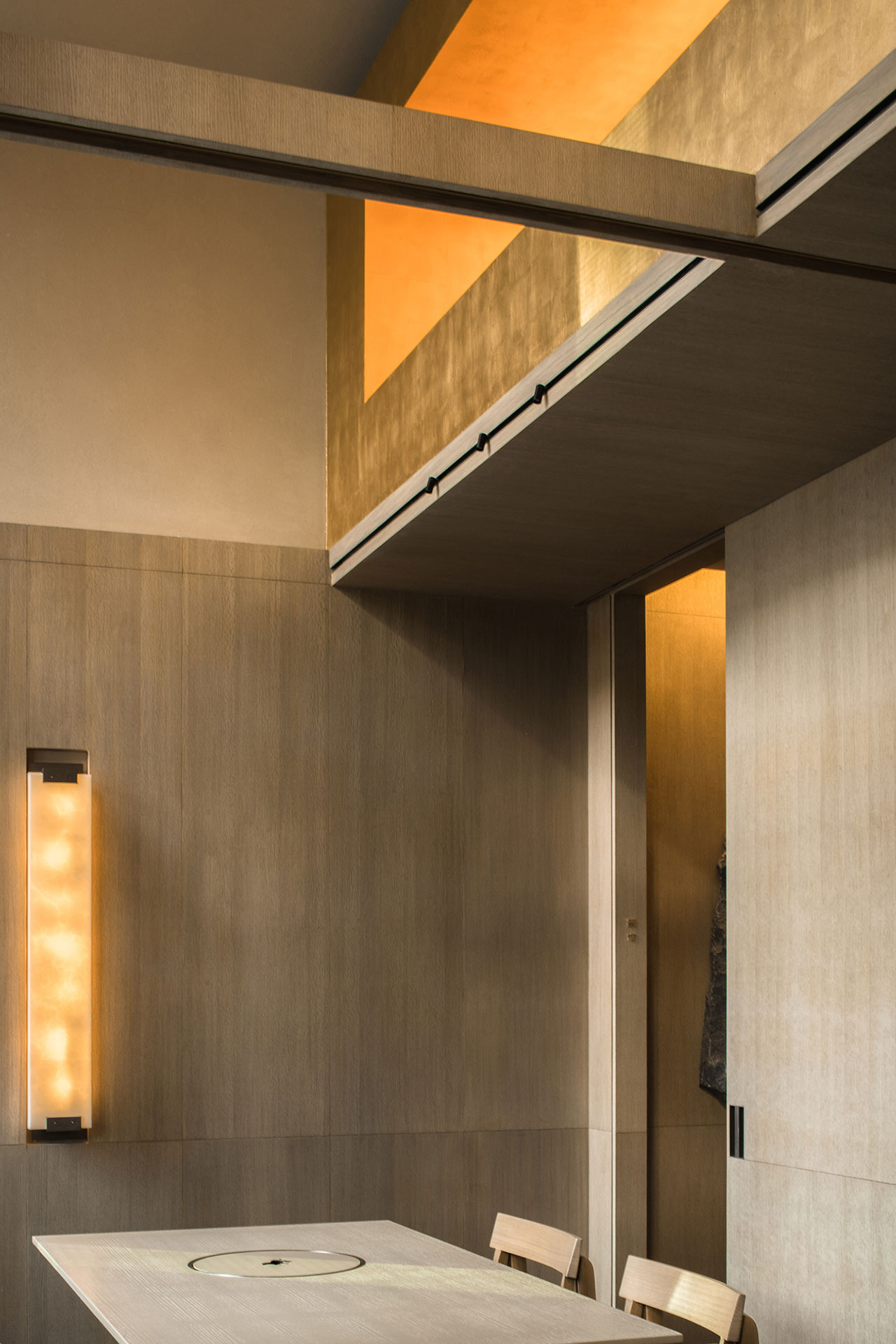
Photography by HereSpace.
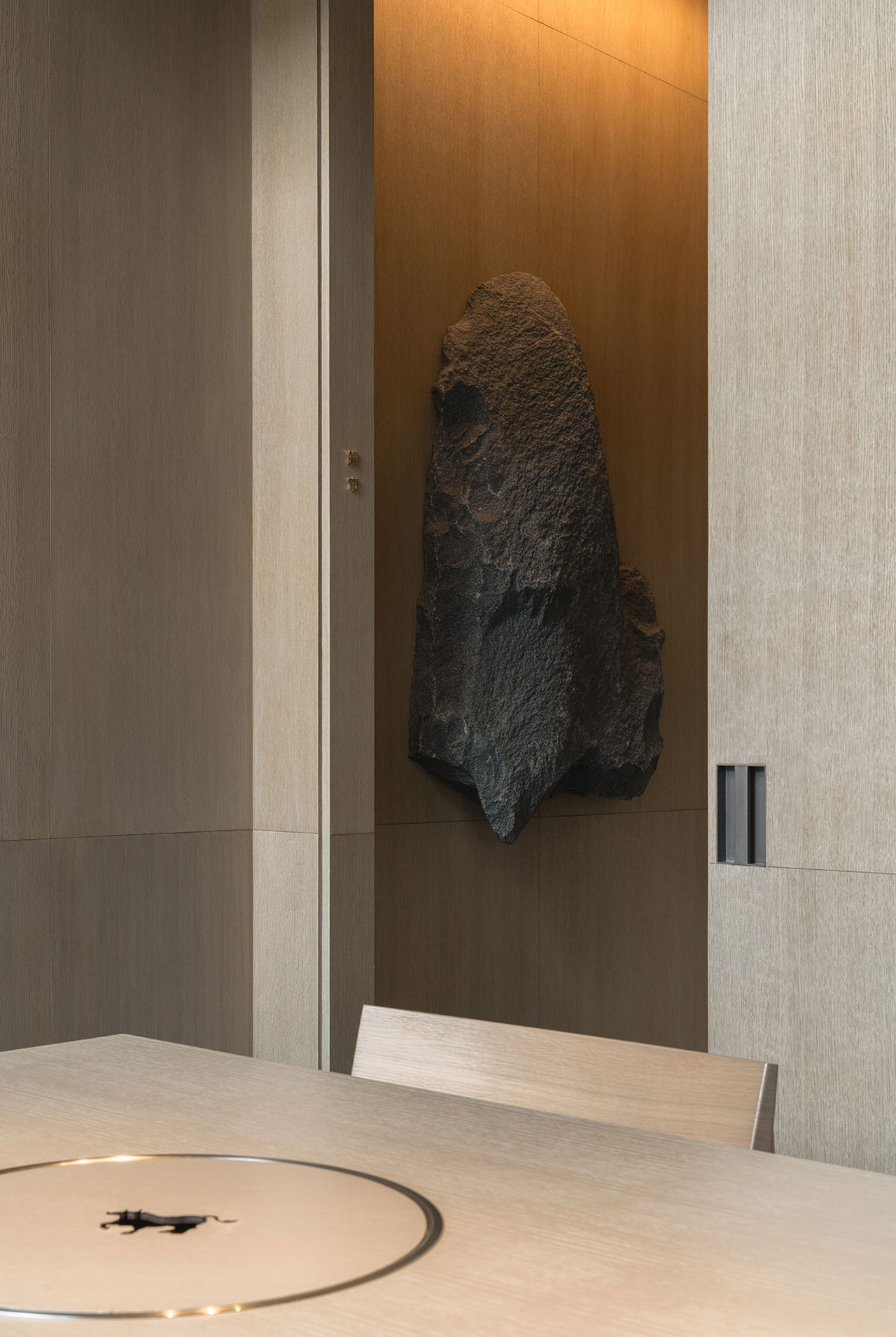
Photography by HereSpace.
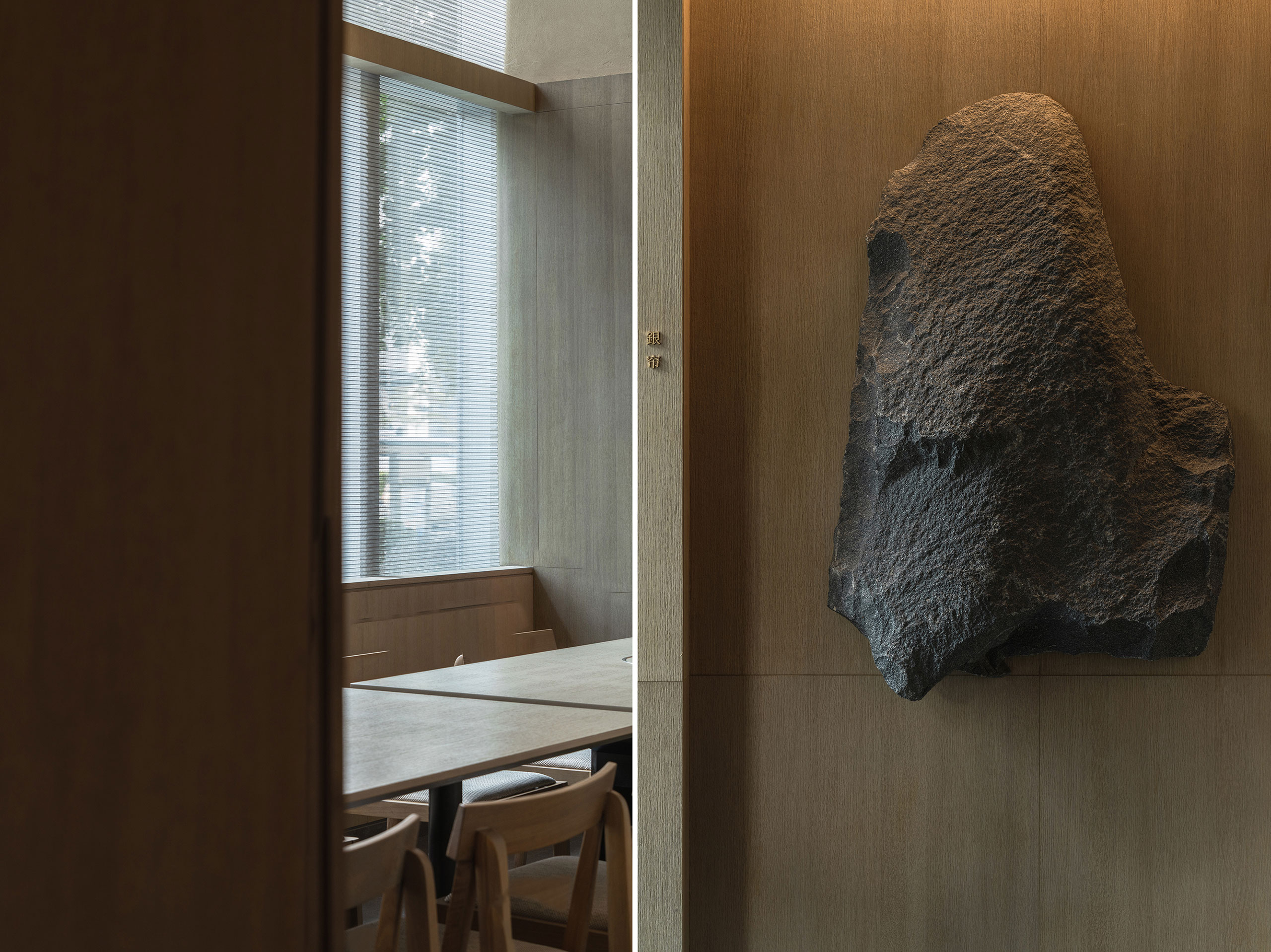
Photography by HereSpace.
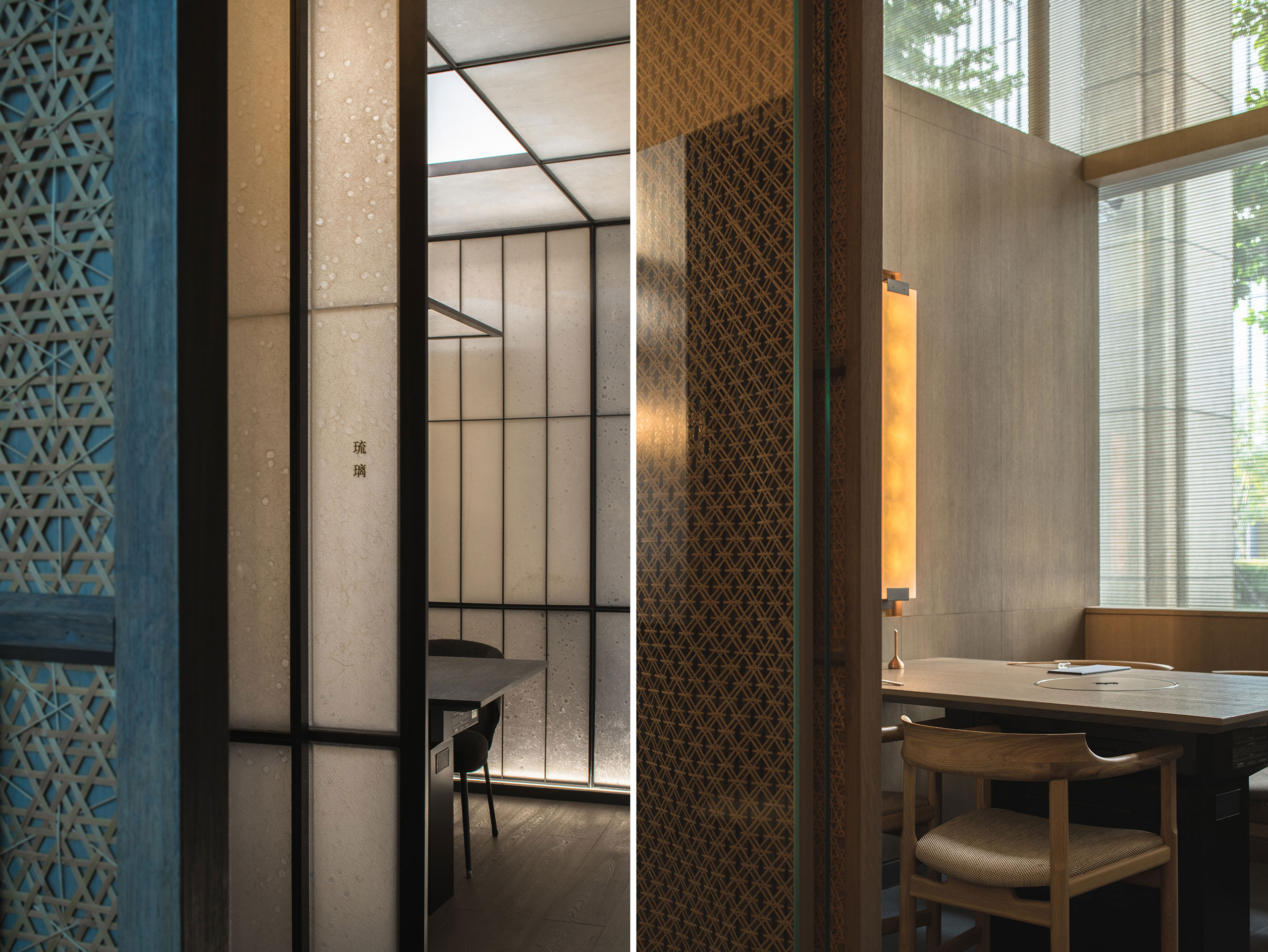
Photography by HereSpace.
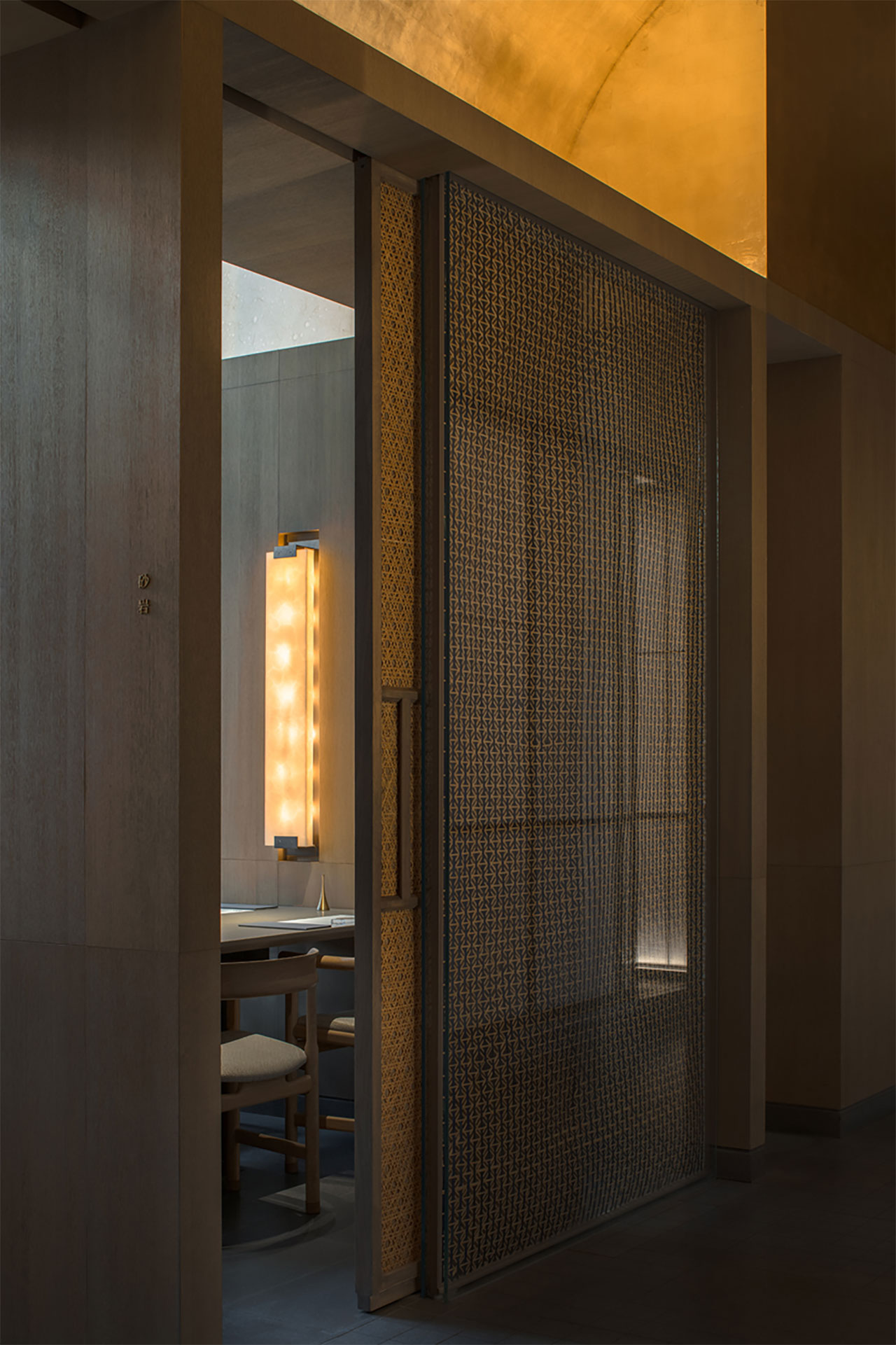
Photography by HereSpace.
Inspired by Japanese-style rooms, the minimalist interiors feature woven straw surfaces that allude to tatami mats, sliding doors that are both solid and translucent, and sparse decoration, while the use of natural materials and rough textures are informed by Wabi-Sabi’s aesthetic concept. Roughly-textured steel panels, sandblasted stone walls and natural rattan surfaces are artfully juxtaposed with semi-transparent gold screens, wood veneers, and leather upholstery imbuing the spaces with warmth despite the austere sensibility. Illuminated gold leaf-swathed transoms add to the poetic interplay of light and shadow, while in some rooms, illuminated ceiling panels can be raised and lowered to dynamically simulate the sky.
In combination with the interior’s ascetic aesthetic, the atmospheric lighting design turns the restaurant into a meditative place of contemplation and reflection, as do a series of stone sculptures, minimalistic ink-wash paintings and a Zen waterscape paired with a pine bonsai next to the bar counter.
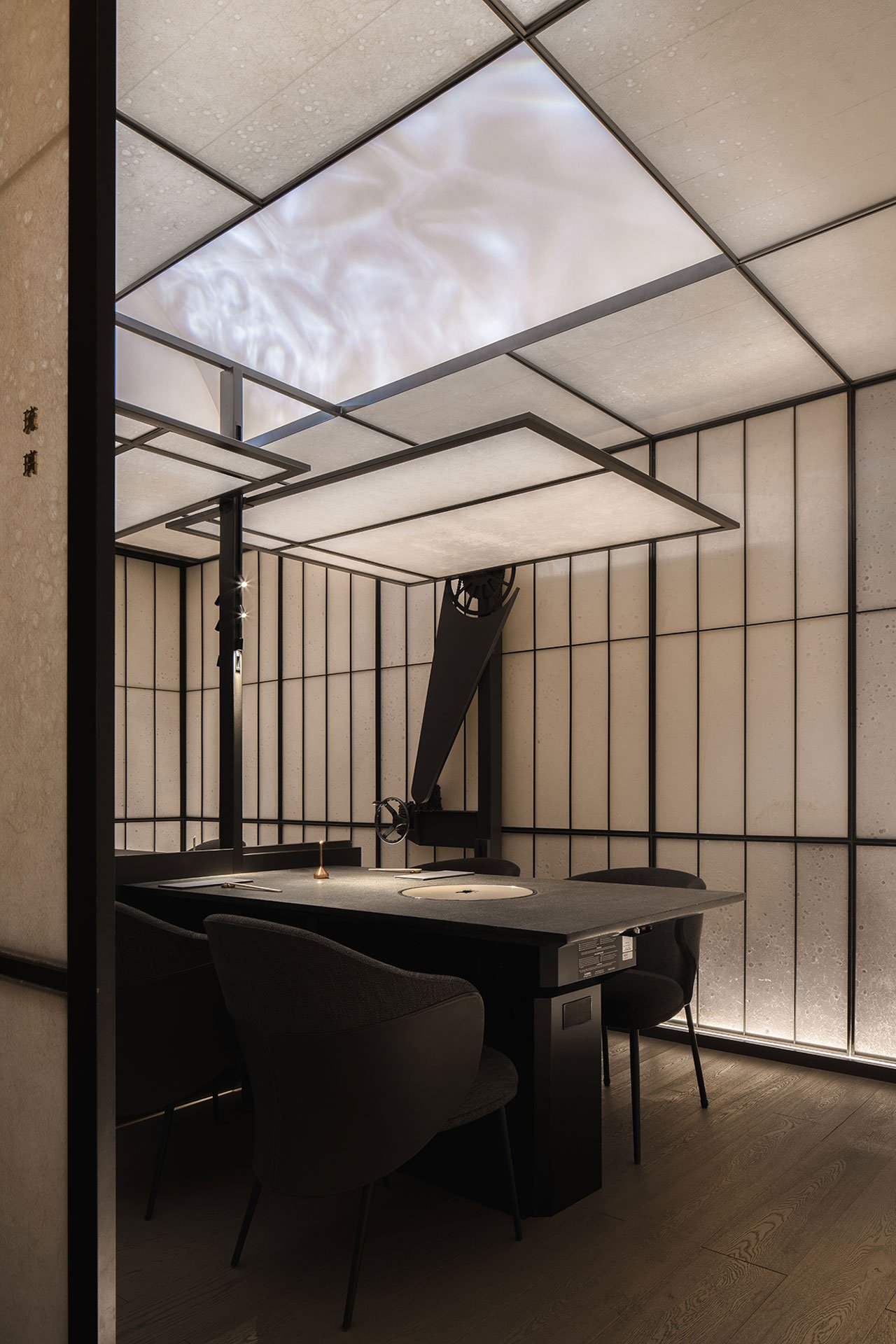
Photography by HereSpace.
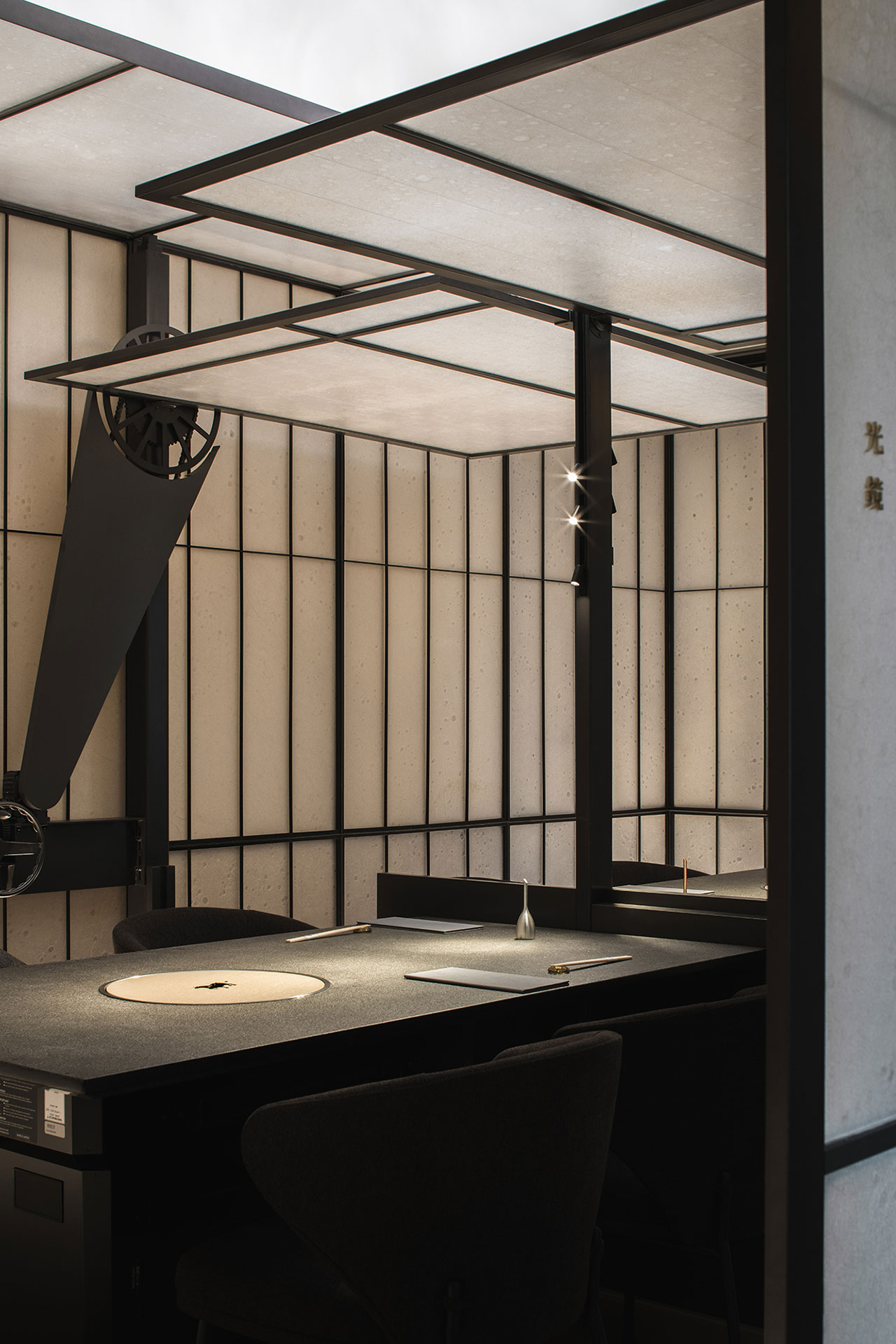
Photography by HereSpace.
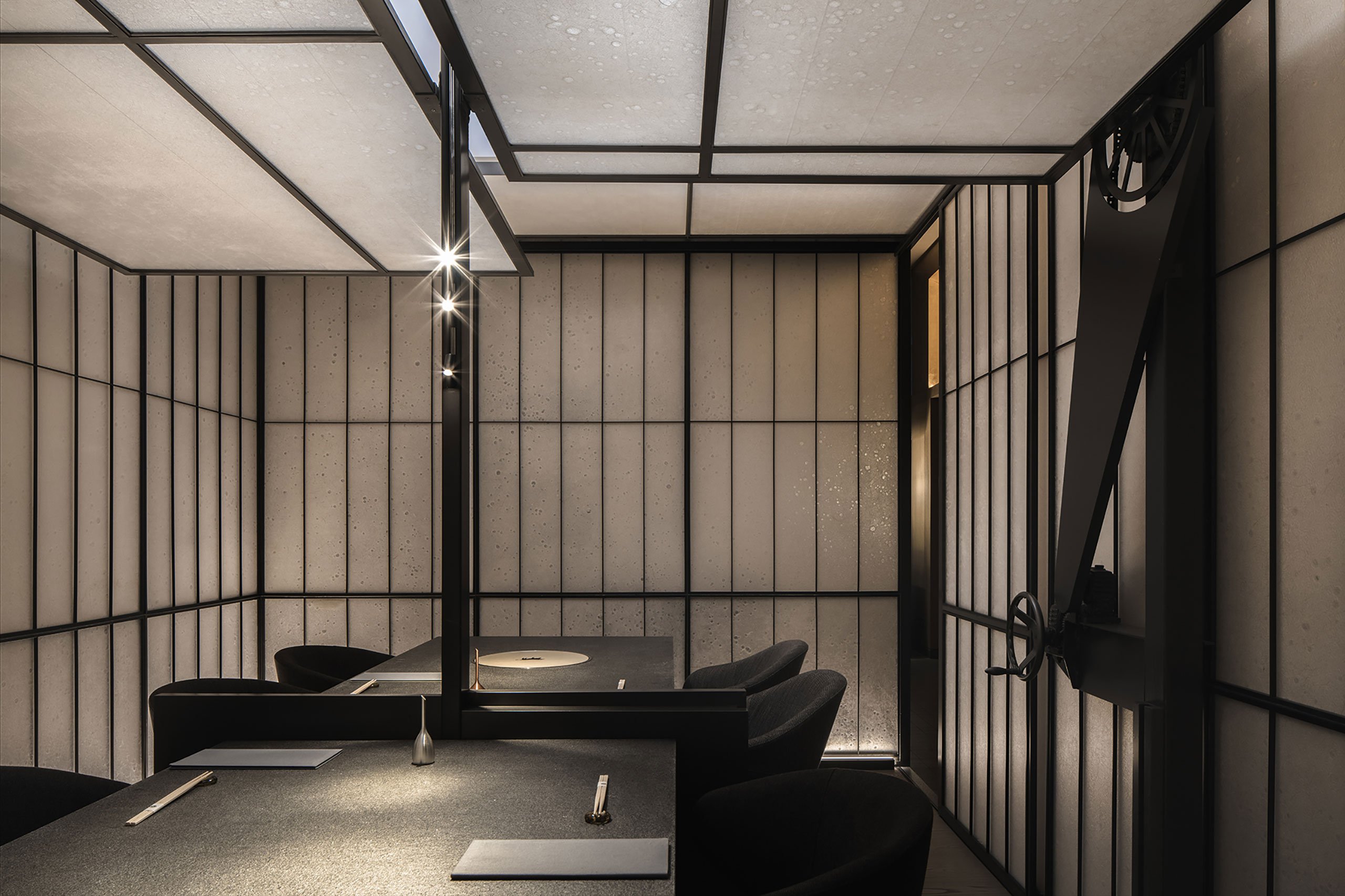
Photography by HereSpace.
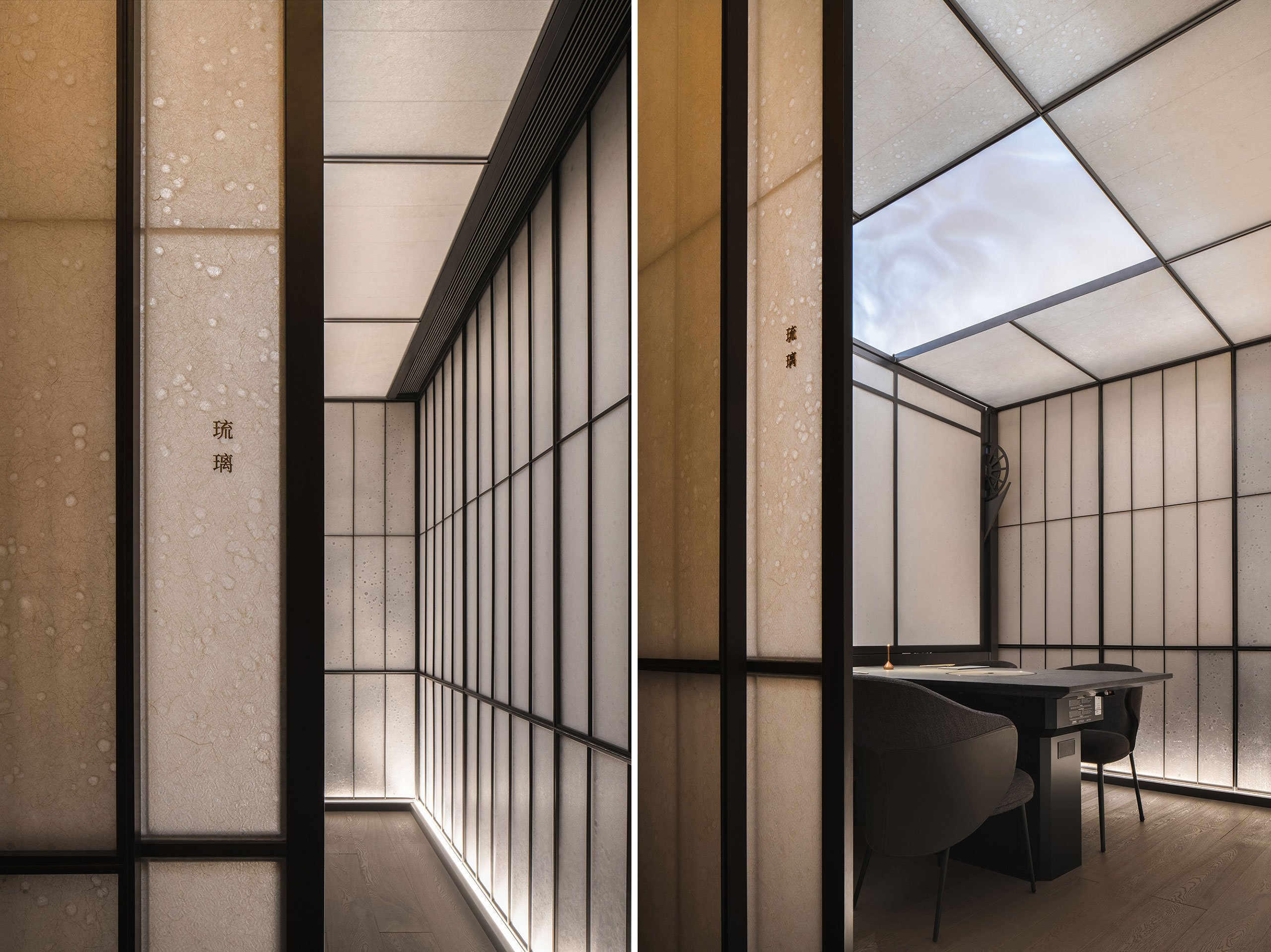
Photography by HereSpace.
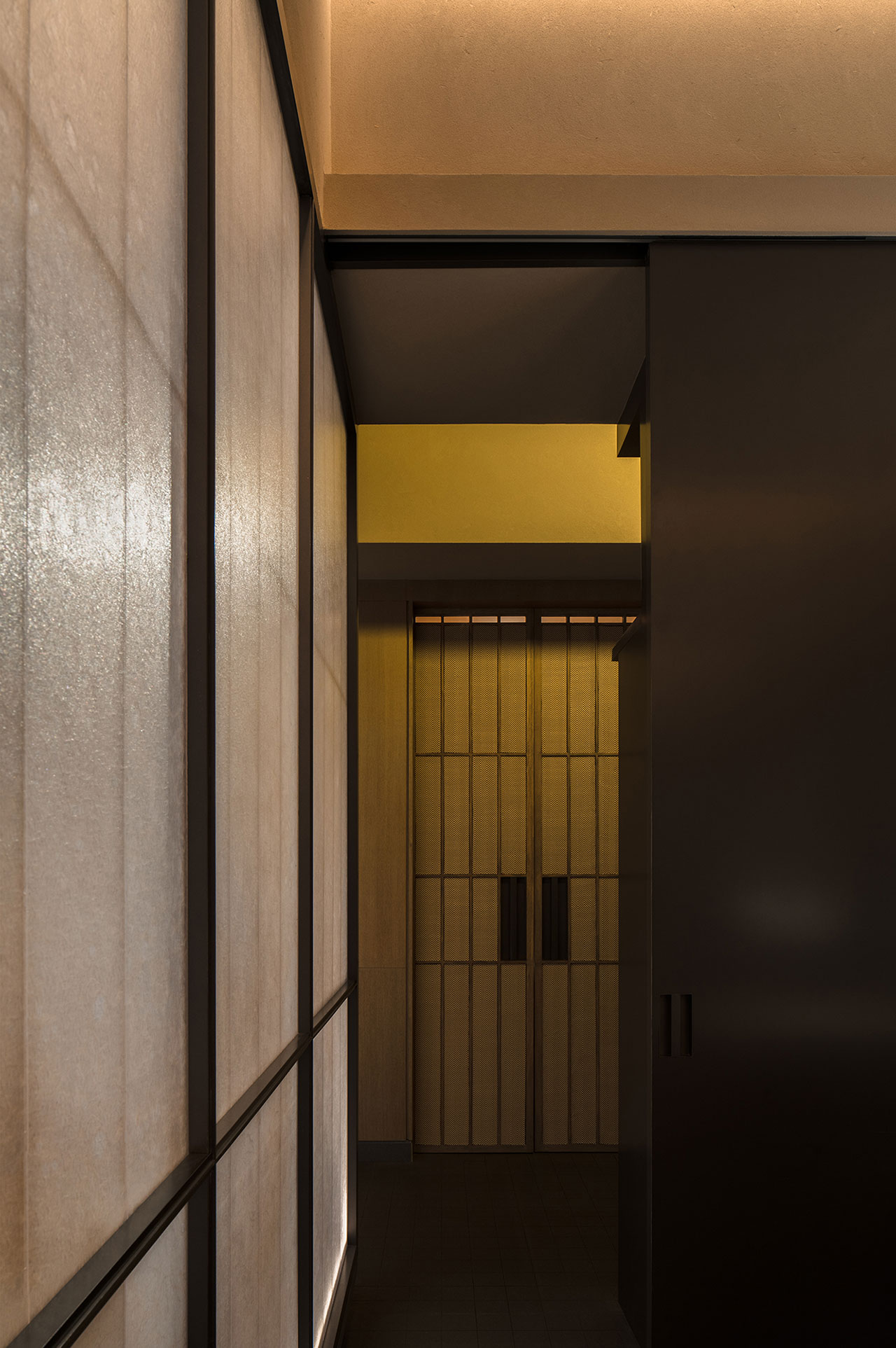
Photography by HereSpace.
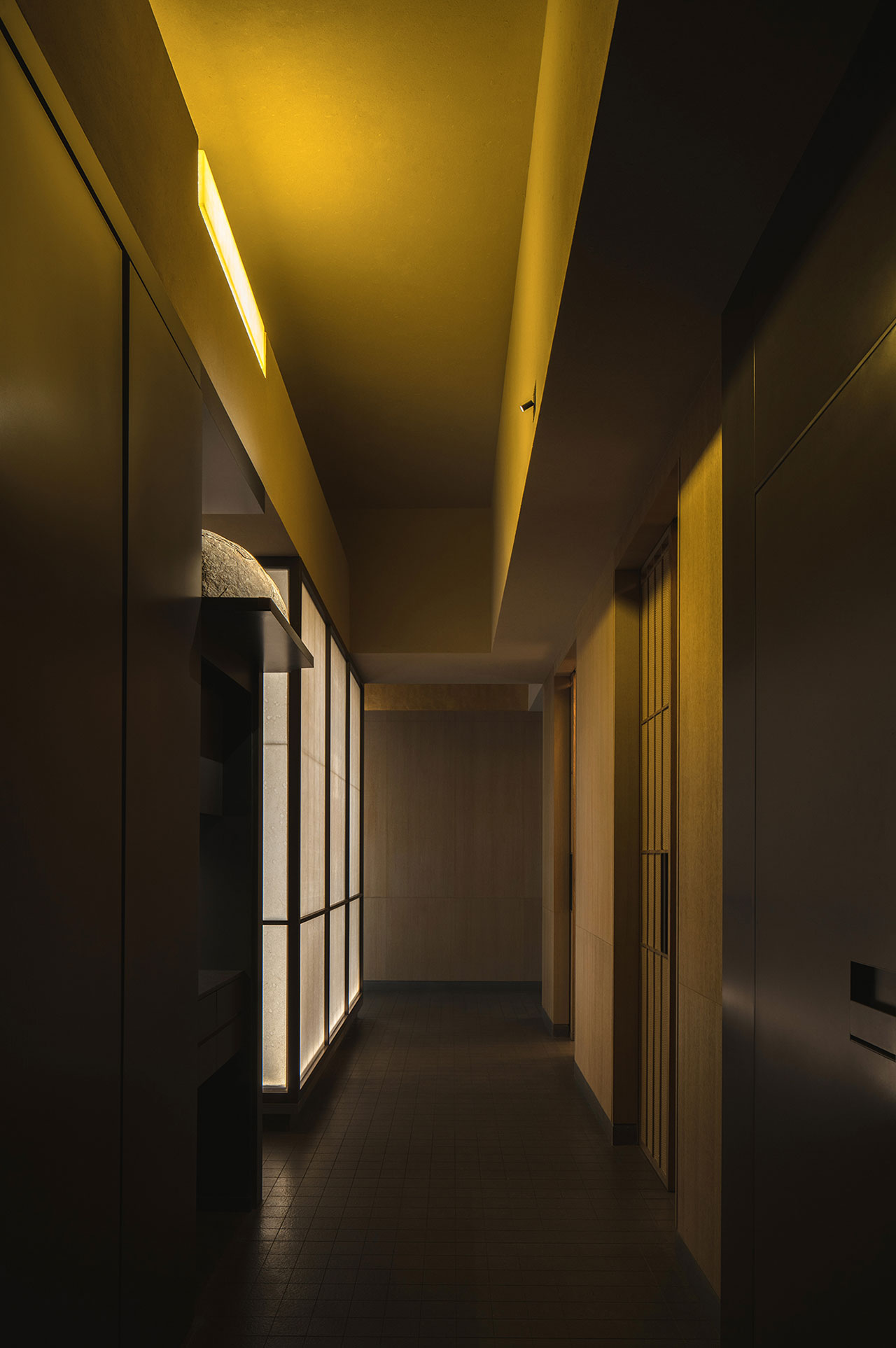
Photography by HereSpace.
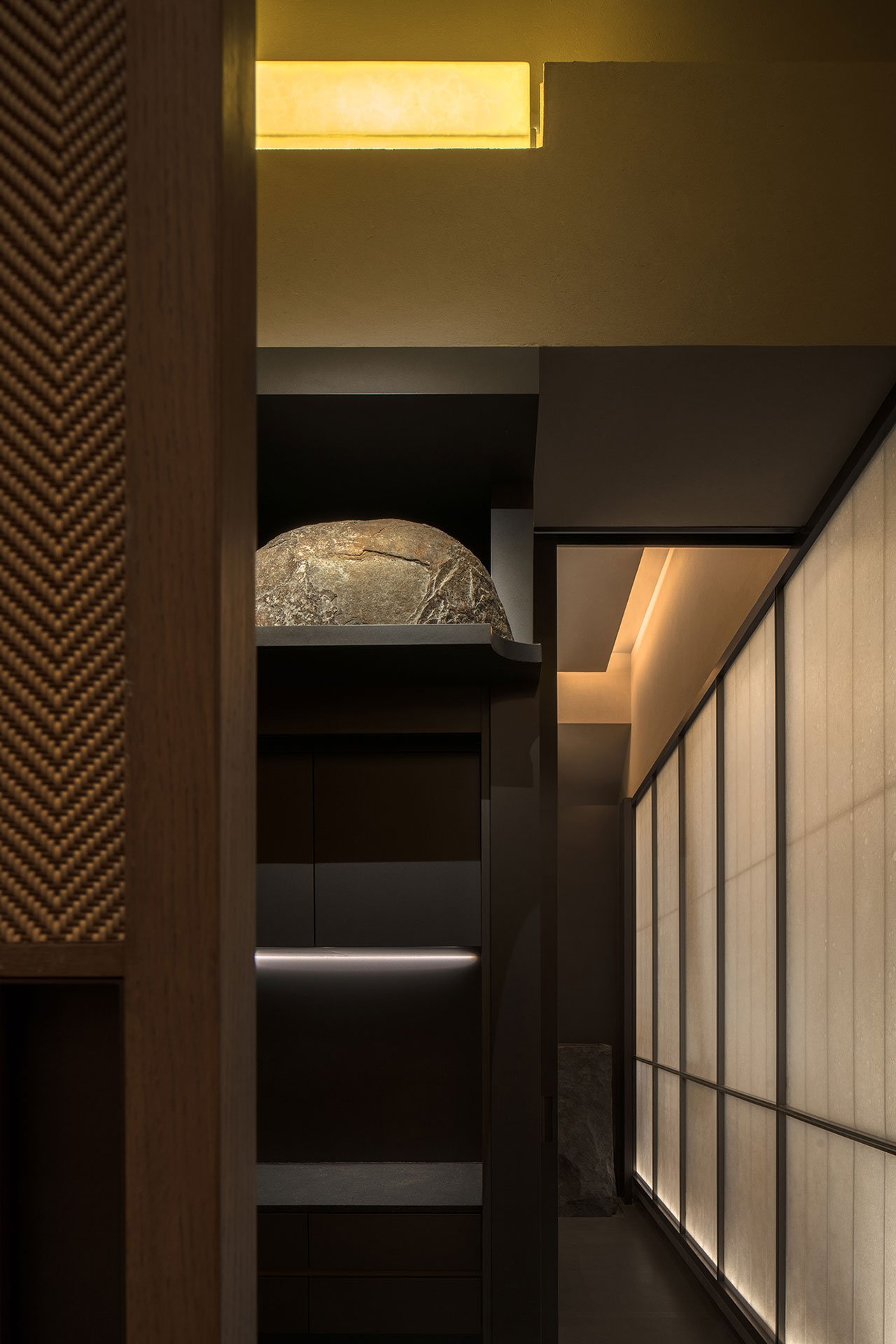
Photography by HereSpace.
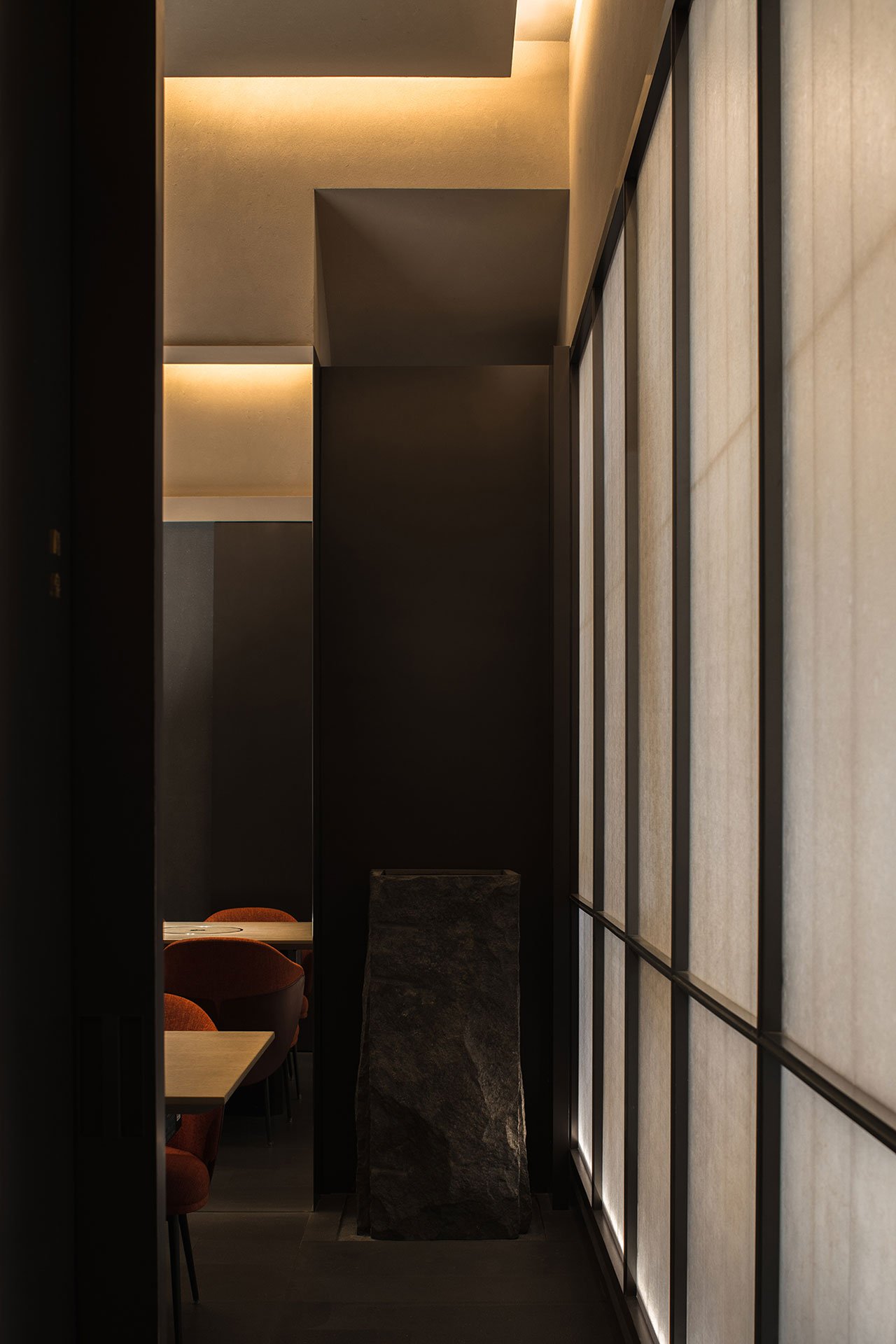
Photography by HereSpace.
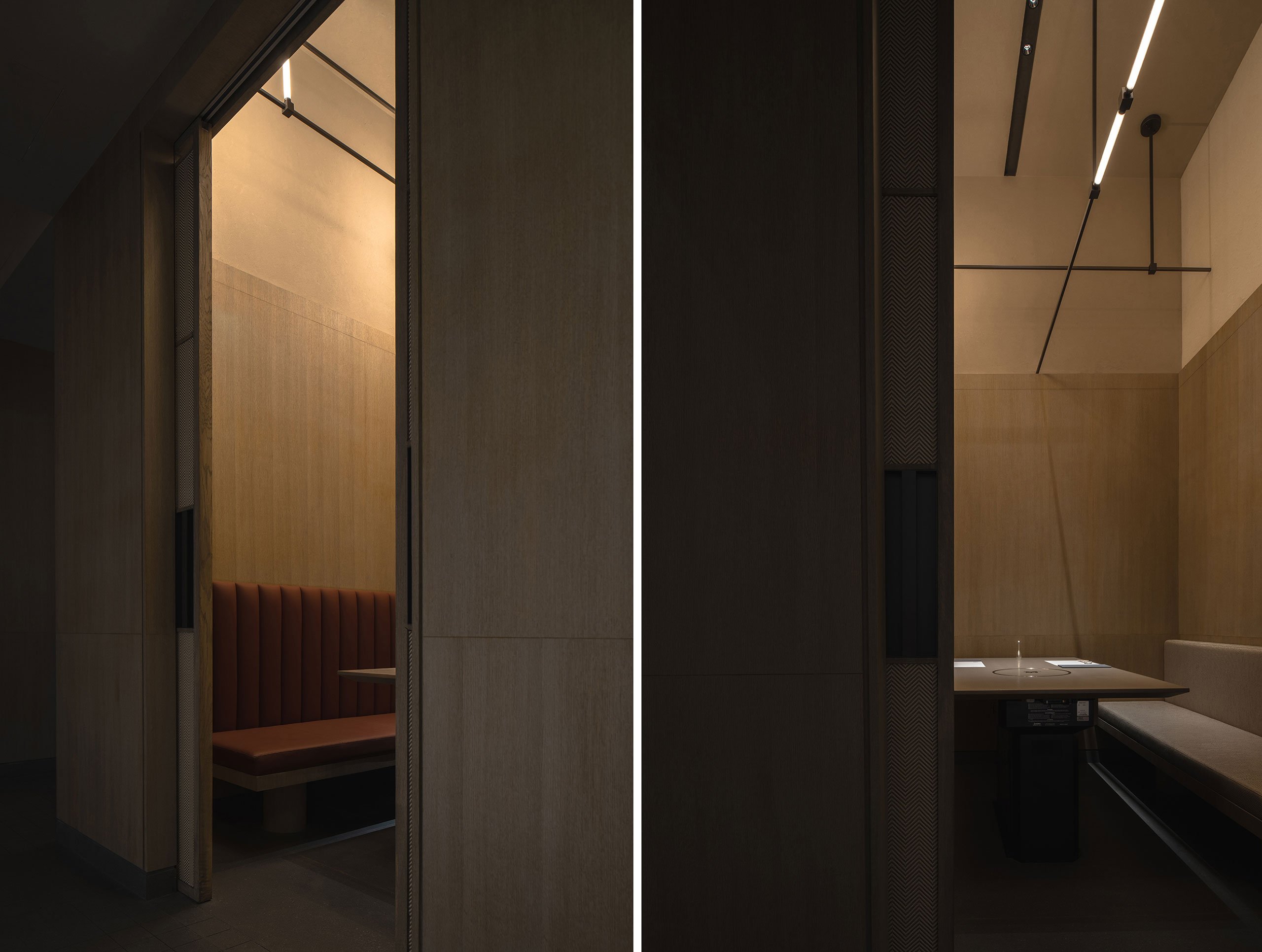
Photography by HereSpace.

Photography by HereSpace.
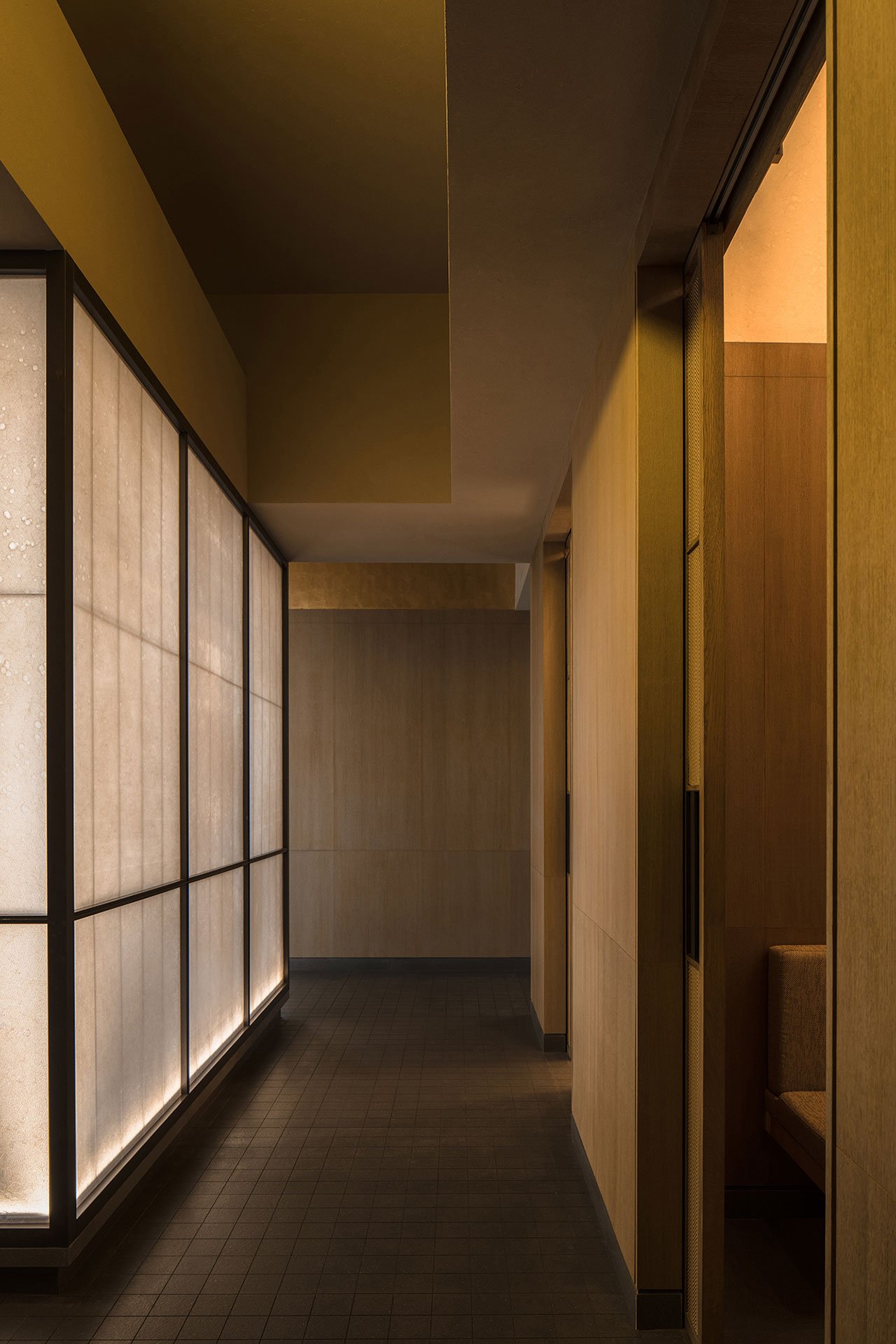
Photography by HereSpace.
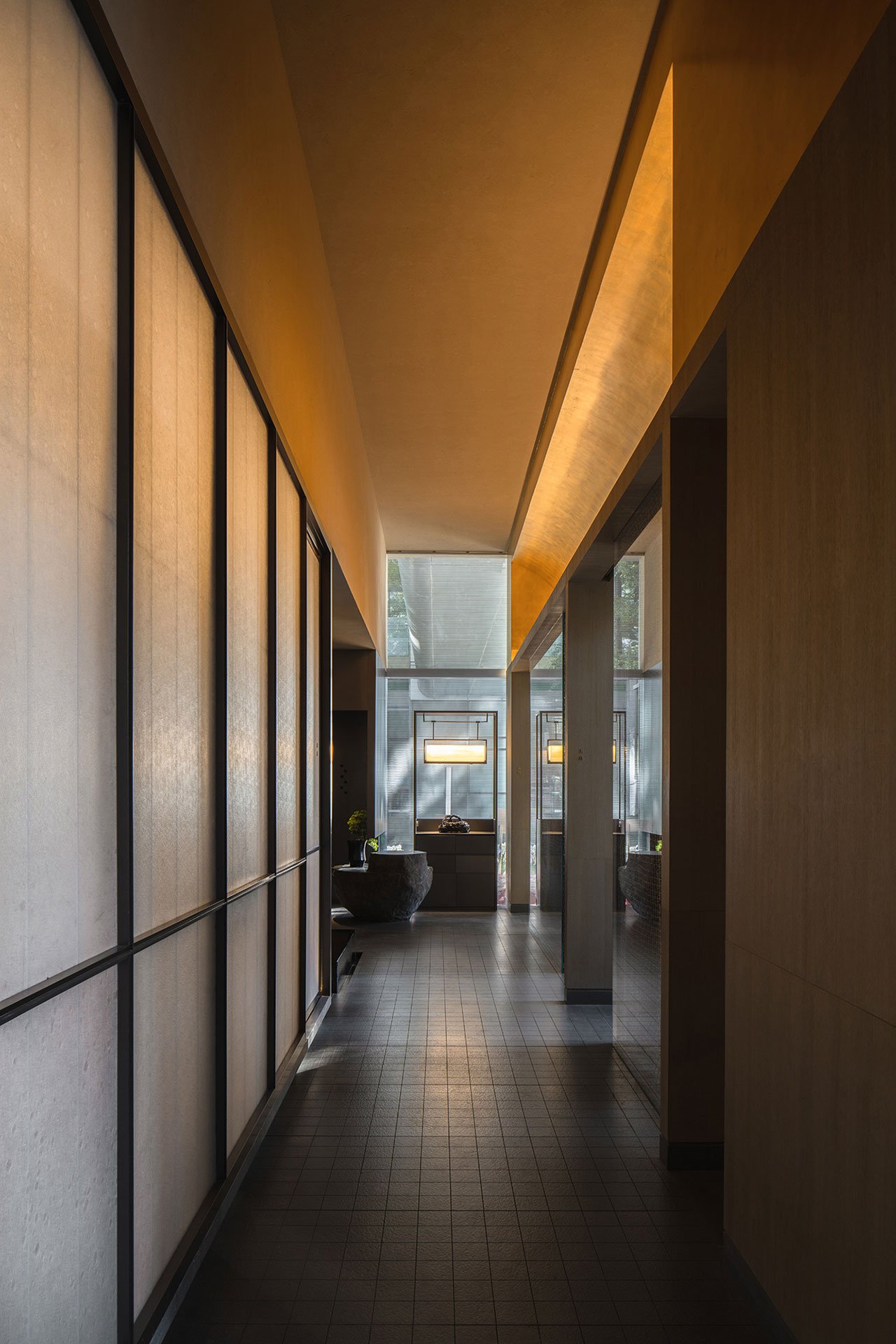
Photography by HereSpace.
